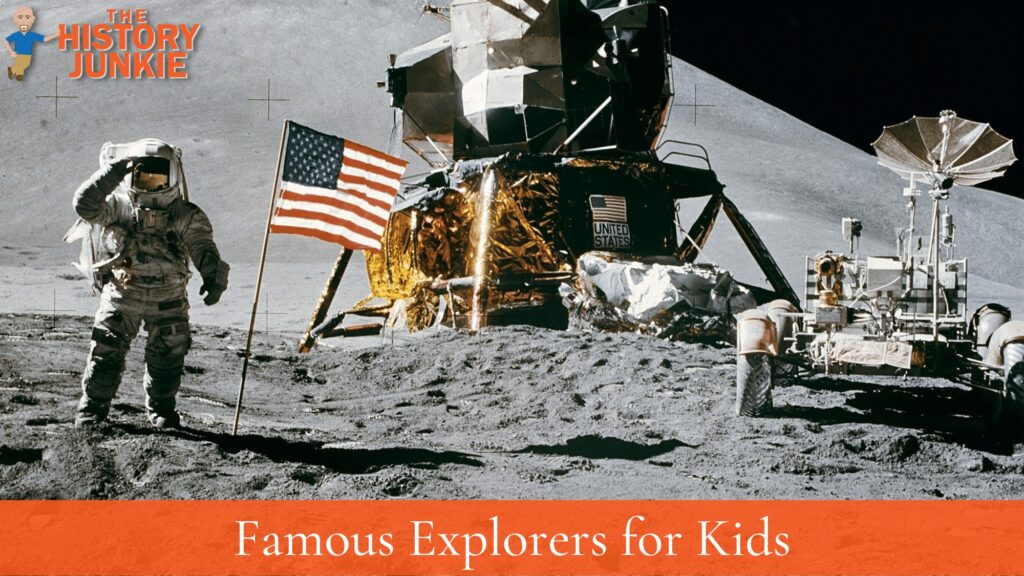
When we think of Famous Explorers, the names that come to mind are Christopher Columbus, Hernan Cortes, John Smith, and others who ventured into the Ocean during the Age of Exploration.
The reality is that famous explorers have existed throughout the history of the world. Men and Women have been curious about the unknown and what about this world they can learn for the first time.
This is often what causes people to push off into danger. They want to progress themselves and the rest of the world with their discoveries.
Discoveries have been based on theories, accidents, and even war, but despite those differences, they all have one thing in common: bravery. It takes a brave person to sail, dig, fly, or ride into the unknown. The men and women listed below come from all eras of history.
Often forgotten are those who served nameless with them. While we remember the great explorers of the 15th and 16th centuries, there are names that history does not remember that also sailed with them. Just like there are soldiers in war, there is a crew in a boat who sacrificed just as much, if not even more, to make the trip.
These men braved some of the most disgusting conditions to see something that they had never seen before or to establish a trade that had been long forgotten.
Common Questions About Famous Explorers
When Did The Age Of Exploration Begin?
Famous Explorers began embarking on voyages in the early 15th century and would continue for 200 years. Eventually, colonies were established, and the Age of Exploration ended.
Who Began The Age of Exploration?
Many would answer that it was Christopher Columbus, but it was actually Henry the Navigator who was the Prince of Portugal and sent many voyages to explore the African coast. With each voyage, Portugal progressed further down the coast.
Who Discovered America First?
Technically, it was Leif Erikson, but Christopher Columbus was the first to share it throughout Europe. Ericson did not tell anyone about it
Who Was The First Famous Female Explorer?
Jeanne Baret became the first woman to sail around the world in the 18th century. She disguised herself as a man since women were prohibited to be on ships with men during that time. Despite being given that title, English women had already been shipped to the New World in the early 17th century.
Who Was The First Person In Space?
Alan Shepard became the first and second person in space. The third person in space was John Glenn.
How Does Someone Become A Famous Explorer?
They explore or discover something new. Famous explorers range from mariners, astronauts, mountain men, conquistadors, geographers, missionaries, and pioneers. Sometimes, the discovery is by accident, but many times, it is planned and based on a theory.
List of Famous Explorers in Alphabetical Order
Abel Janszoon Tasman
1603 - 1659
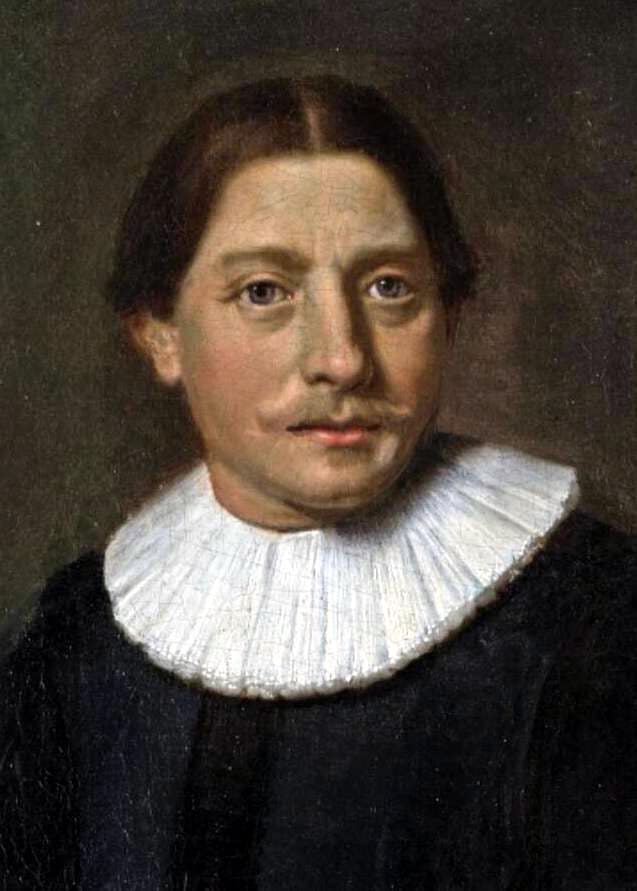
He was a Dutch seafarer, explorer, and merchant, best known for his voyages of 1642 and 1644 in the service of the Dutch East India Company. He was the first known European explorer to reach New Zealand and the islands of Fiji and Tasmania.
Adriaen Block
1567 - 1627
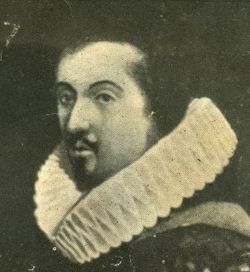
He was a Dutch private trader, privateer, and ship's captain who is best known for exploring the coastal and river valley areas between present-day New Jersey and Massachusetts during four voyages from 1611 to 1614, following the 1609 expedition by Henry Hudson.
Alan Shepard
1923 - 1998
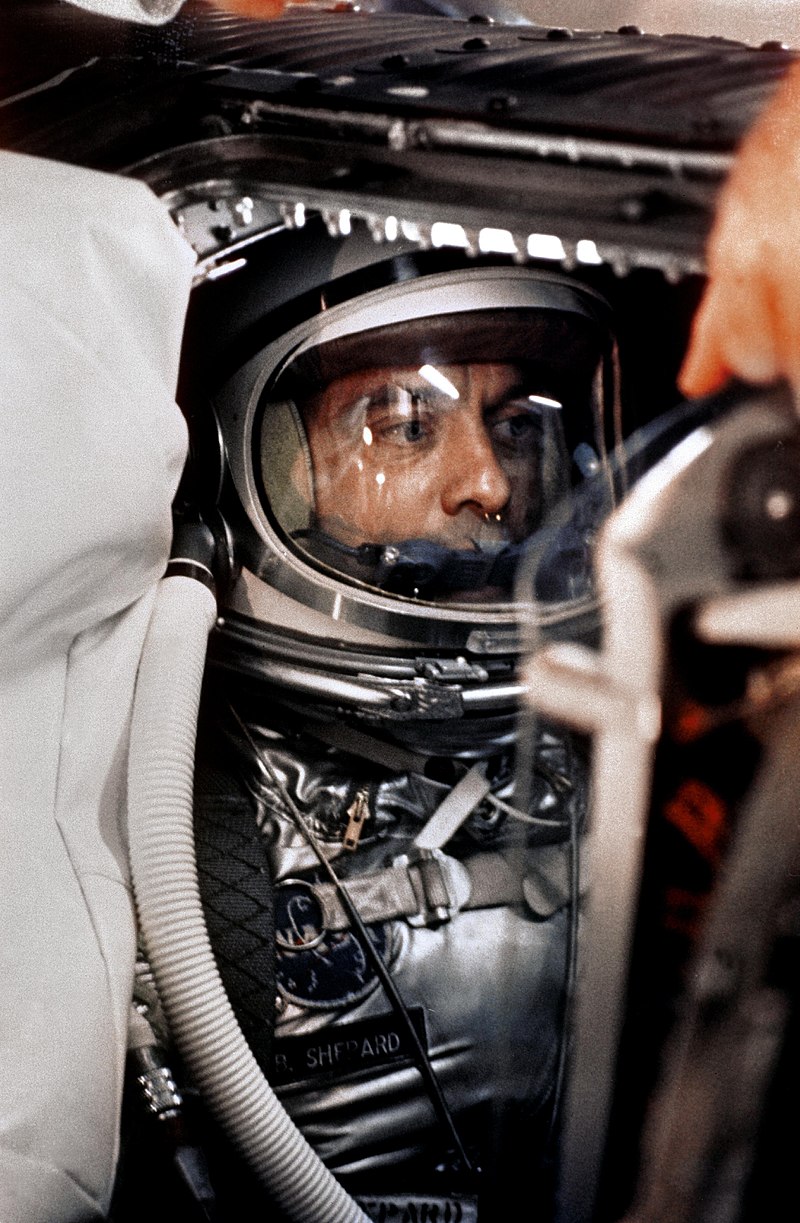
He was an American astronaut, naval aviator, test pilot, and businessman. In 1961, he became the second person and the first American to travel into space, and in 1971, he walked on the Moon
Alexander Mackenzie
1764 - 1820
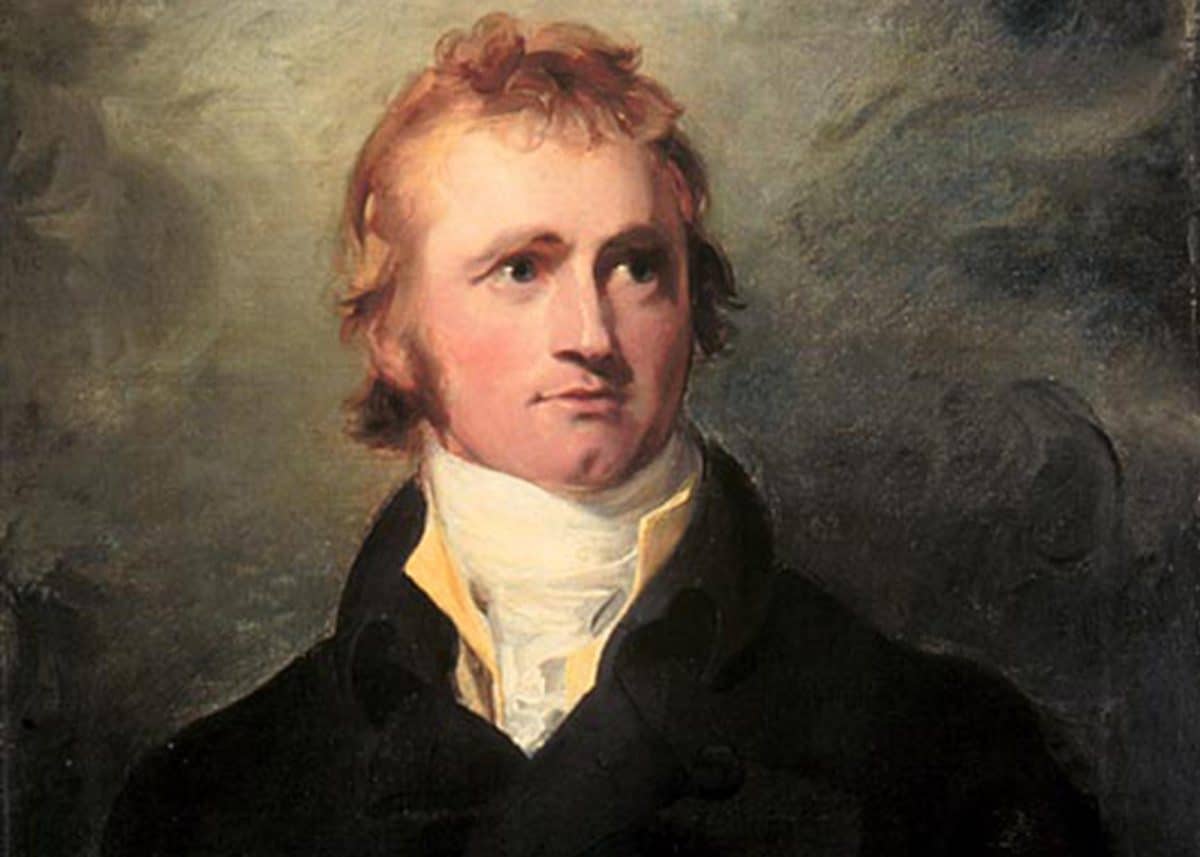
He was a Scottish explorer known for accomplishing the first crossing of America north of Mexico in 1793. He located the Arctic Ocean, and the Mackenzie River is named in his honor.
Amerigo Vespucci
1451 - 1512
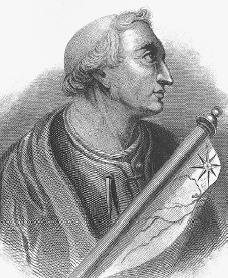
He was an explorer who sailed under the Spanish and Portuguese flags. He was the first to recognize that the Europeans had discovered a new continent, which he called the New World. In honor of him, the new Continents bare the Latin version of his name, America.
Andre Michaux
1746 - 1802
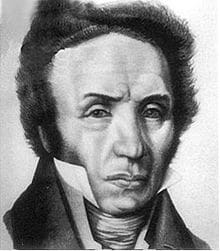
He was a French botanist and explorer. He is most noted for his study of North American flora. In addition, Michaux collected specimens in England, Spain, France, and even Persia. His work was part of a larger European effort to gather knowledge about the natural world.
Bartolomeu Dias
1450 - 1500
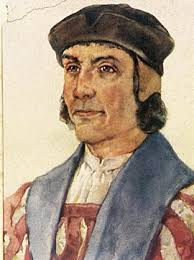
He was the first explorer to reach the southern tip of Africa. He would nickname the southern tip the Cape of Storms, which would later be known as the Cape of Good Hope. He served with Vasco da Gama and Pedro Alvares Cabral in pivotal moments. Ironically, he would die in a storm at the Cape of Good Hope.
Cabeza de Vaca
1488 - 1560
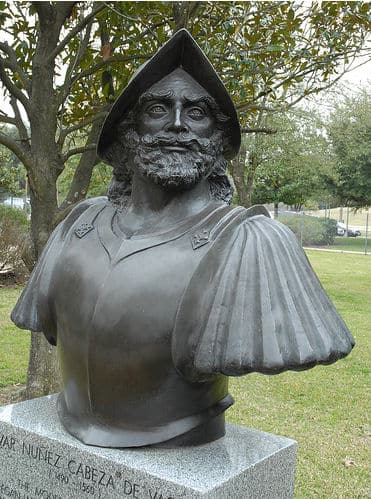
He was shipwrecked during the failed Narvaez Expedition and would make an epic journey throughout the United States and journal what he saw. His writings give us a peek into Native American life during the 16th century.
Charles Rabot
1856 - 1944
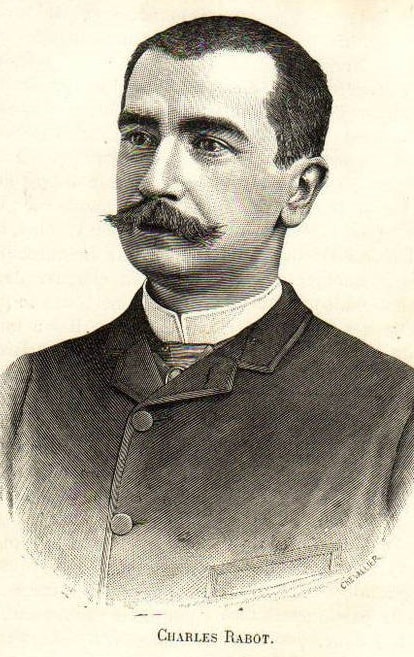
He was a French geographer, glaciologist, traveler, journalist, lecturer, translator, and explorer. He was also the first person to climb Kebnekaise, the tallest mountain in Sweden, which he accomplished in 1883
Charles Sturt
1795 - 1869
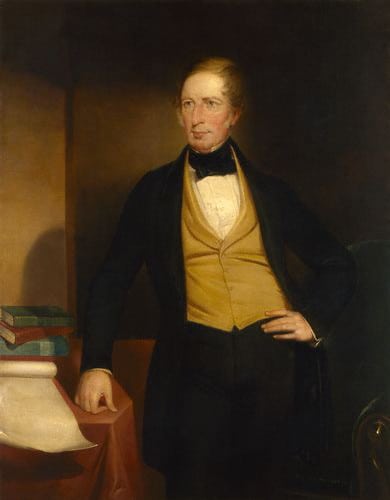
He was a British officer and explorer of Australia and part of the European exploration of Australia. He led several expeditions into the interior of the continent, starting from Sydney and later from Adelaide. His travels traced several of the westward-flowing rivers, establishing that they all merged into the Murray River, which flows into the Southern Ocean.
Christopher Columbus
1451 - 1506
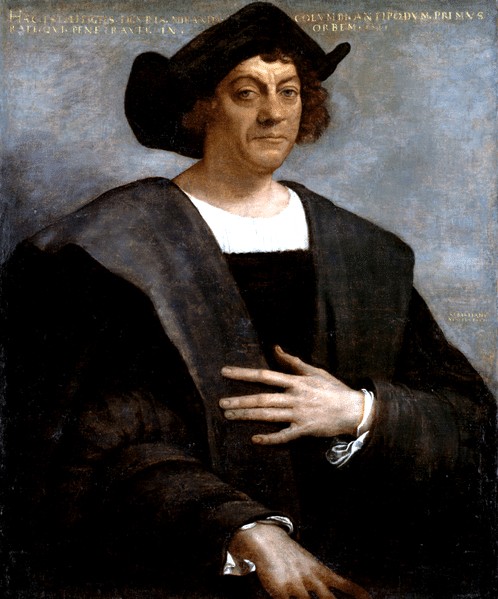
The most famous explorer in World History. It would be his bravery and ignorance that would discover a new world. His discovery began a massive amount of migration from Europe to the Americas and would lead to the foundation of the United States of America three centuries later.
Christopher Newport
1561 - 1617
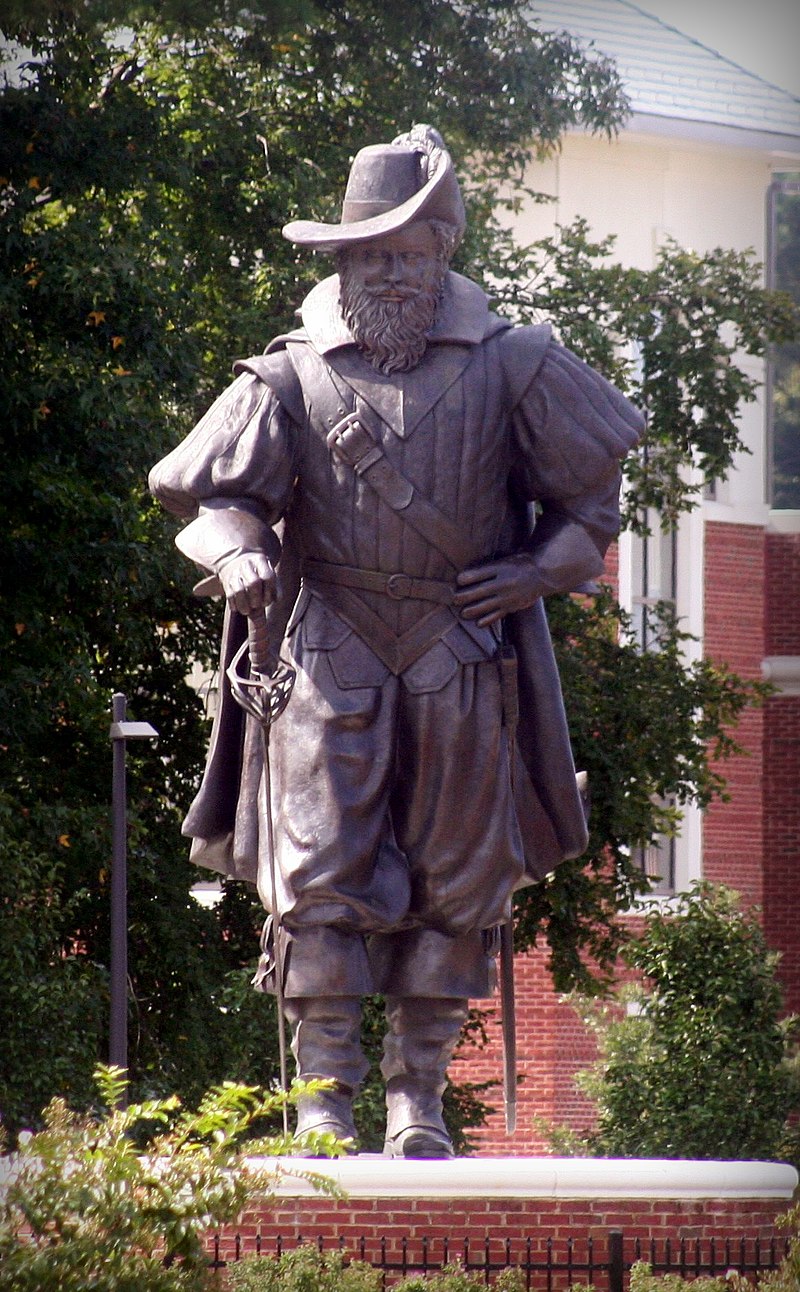
He is best known as the captain of the Susan Constant, the largest of three ships that carried settlers for the Virginia Company in 1607 on the way to found the settlement at Jamestown in the Virginia Colony, which became the first permanent English settlement in North America. He was also in overall command of the other two ships on that initial voyage
Daniel Boone
1734 - 1820
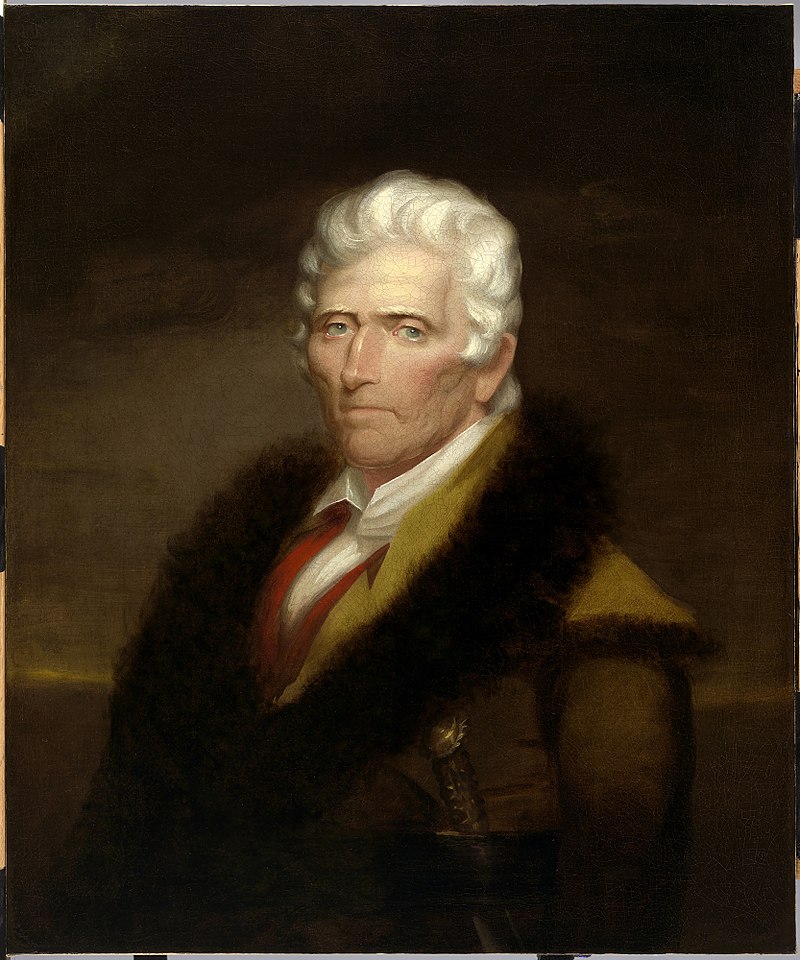
He was an American pioneer and frontiersman whose exploits made him one of the first folk heroes of the United States. Boone became famous for his exploration and settlement of what is now Kentucky, which was then beyond the western borders of the 13 Colonies.
David Livingstone
1813 - 1873
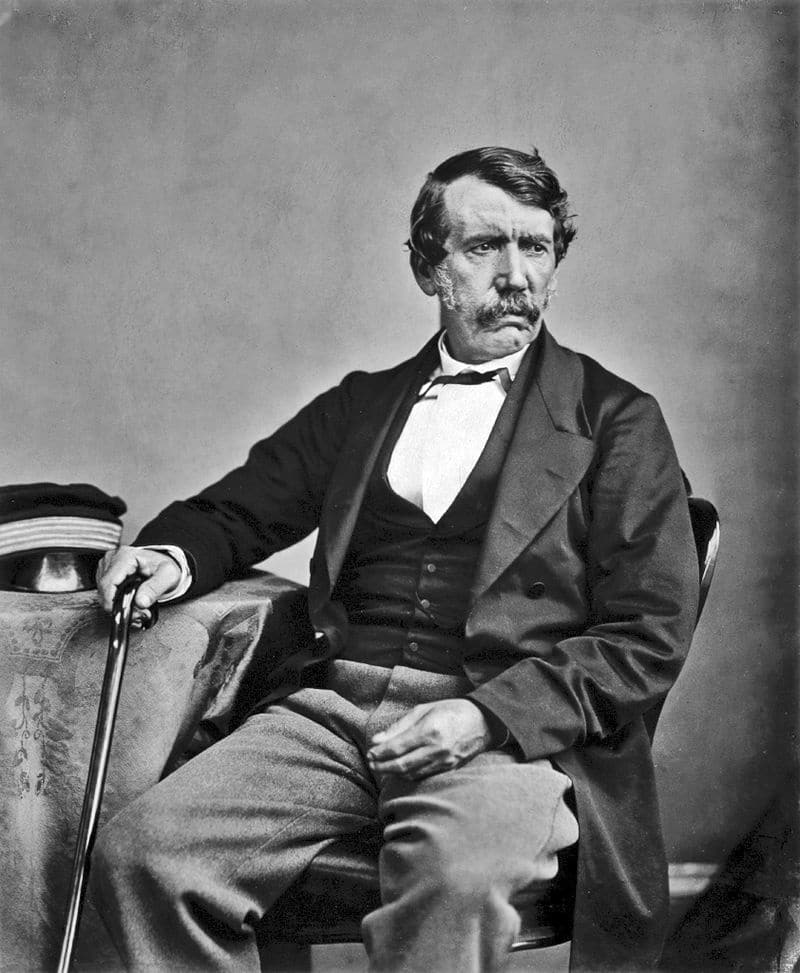
He was a Scottish physician, Congregationalist, and pioneer Christian missionary with the London Missionary Society, an explorer in Africa, and one of the most popular British heroes of the late 19th-century Victorian era.
David Thompson
1770 - 1857
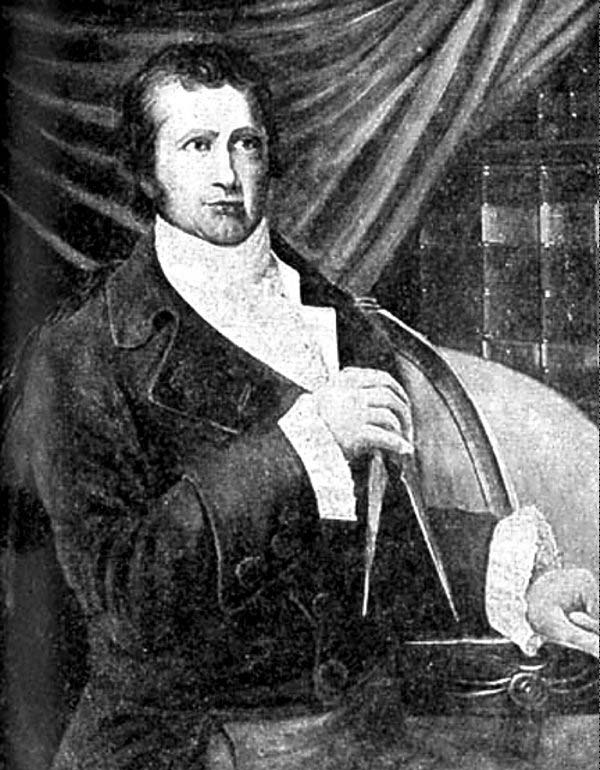
He was a British-Canadian fur trader, surveyor, and cartographer known to some native people as "Koo-Koo-Sint" or "the Stargazer." Over Thompson's career, he traveled 56,000 miles across North America, mapping 1.9 million square miles of North America along the way. He has been described as the "greatest practical land geographer that the world has produced."
Diogo Cao
1452 - 1486

He was a Portuguese explorer and one of the most notable navigators of the Age of Exploration. He made two voyages sailing along the west coast of Africa in the 1480s, exploring the Congo River and the coasts of present-day Angola and Namibia
Diogo Silves
Unknown
The possible name of an obscure Portuguese explorer of the Atlantic who allegedly discovered the Azores islands in 1427. He is only known from a reference on a chart drawn by the Catalan cartographer Gabriel de Vallseca of Mallorca, dated 1439.
Don Juan de Onate
1550 - 1626
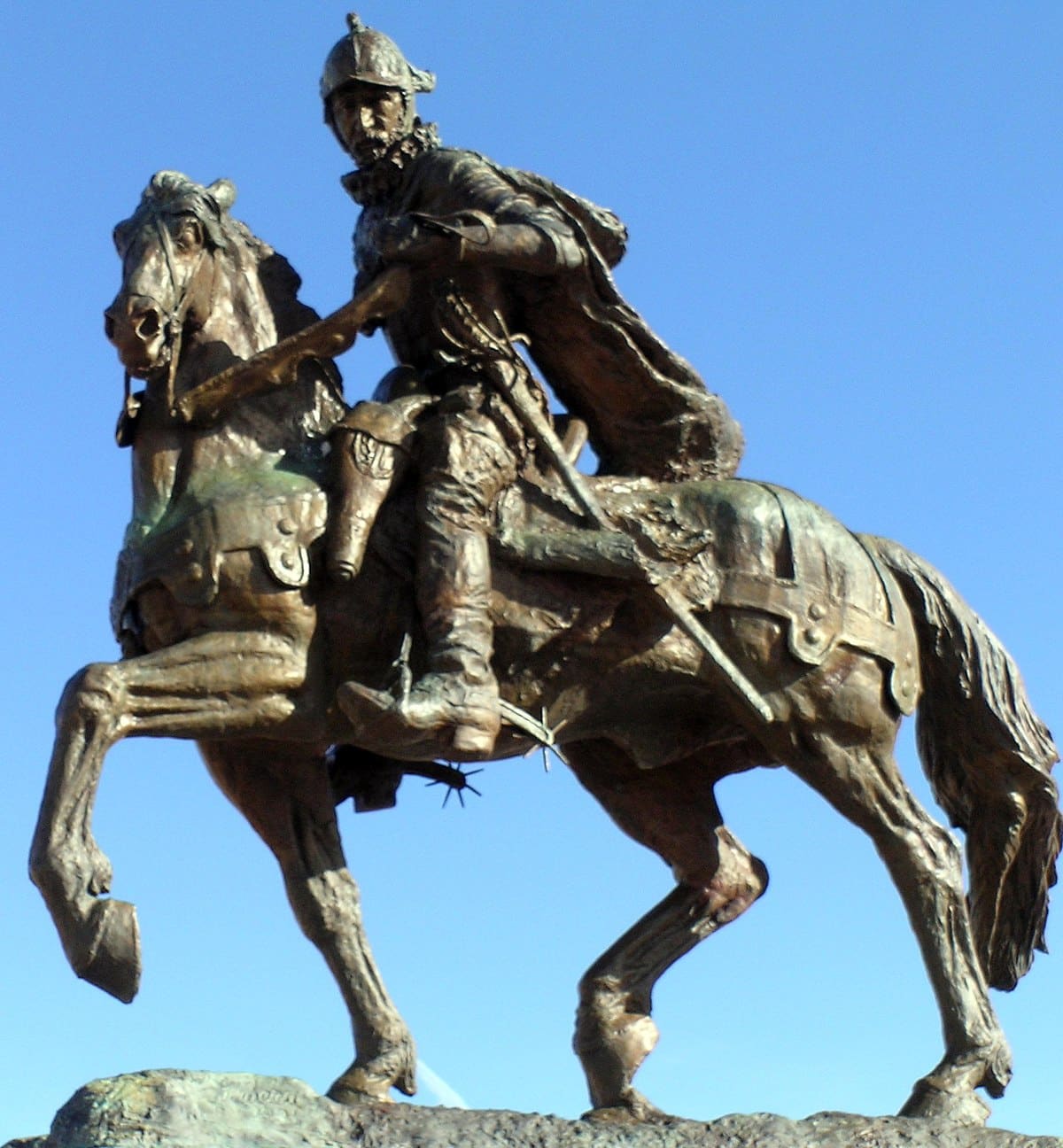
He was a Spanish conquistador from New Spain, explorer, and colonial governor of the province of Santa Fe de Nuevo México in the viceroyalty of New Spain. He led early Spanish expeditions to the Great Plains and Lower Colorado River Valley, encountering numerous Native American Tribes in their homelands there. Oñate founded settlements in the province, now in the Southwestern United States.
Ferdinand Magellan
1480 -1521
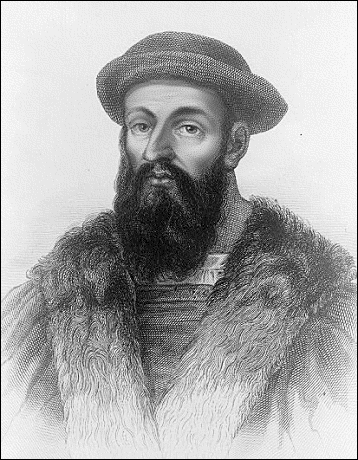
A Spanish explorer who became the first person to circumnavigate the globe. While he holds that distinction, he did not actually make it around the globe because he was killed in the Phillippines at the Battle of Mactan. It would be the rest of his crew that finished the trip. He is considered one of the greatest navigators during the Age of Exploration.
Francisco Coronado
1510 - 1554
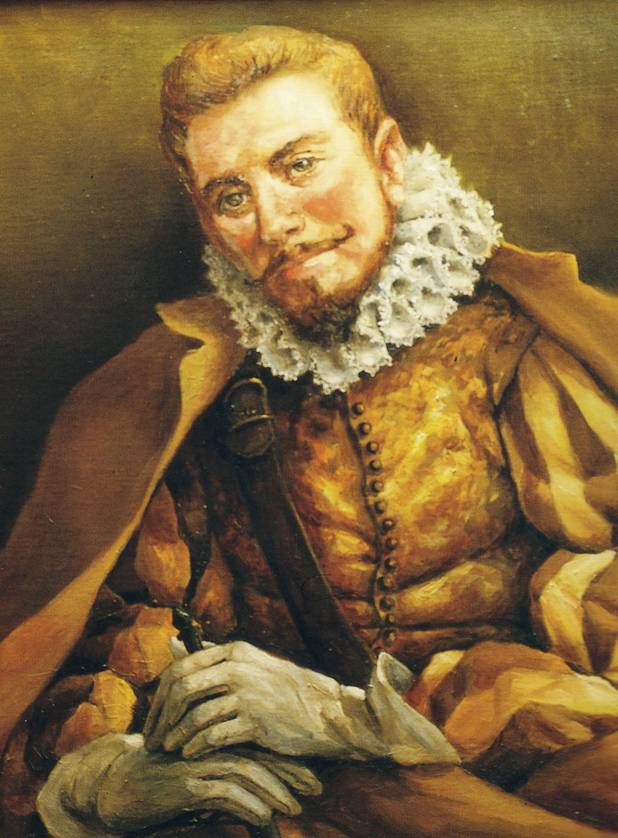
He was a Spanish conquistador and explorer who led a large expedition from what is now Mexico to present-day Kansas through parts of the southwestern United States between 1540 and 1542. Coronado had hoped to reach the Cities of Cíbola, often referred to now as the mythical Seven Cities of Gold. His expedition marked the first European sightings of the Grand Canyon and the Colorado River, among other landmarks.
Francisco Pizarro
1469 - 1542
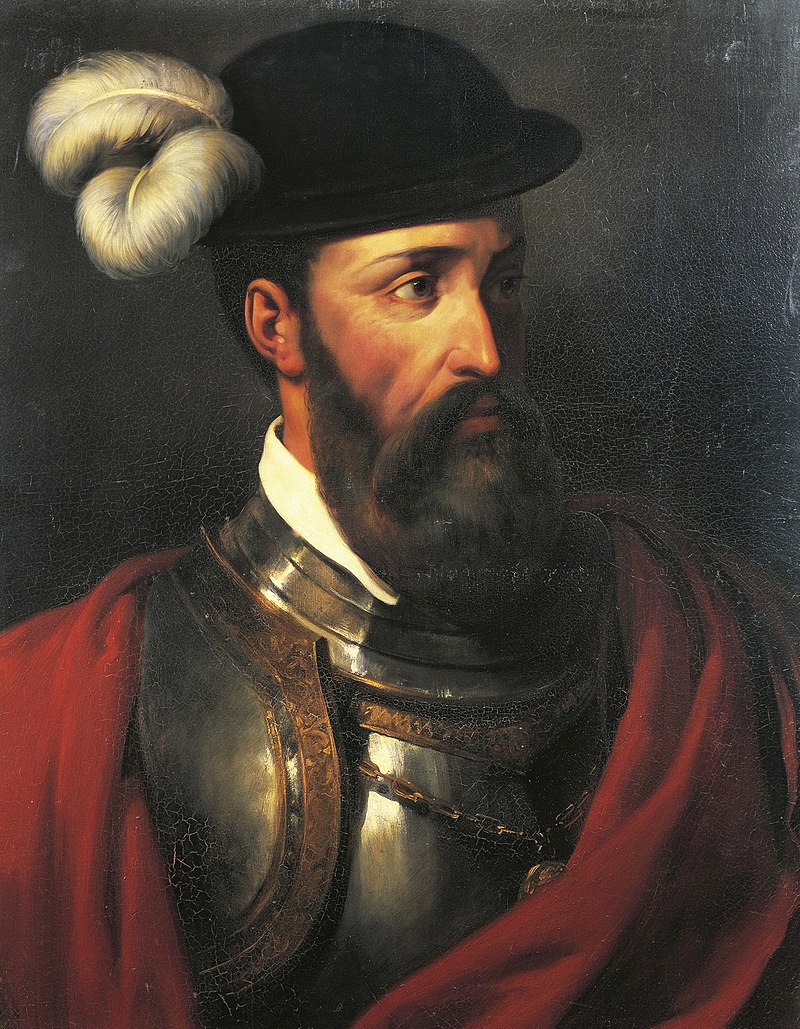
The Spanish Conquistador conquered Peru and brought on the Fall of the Incan Empire. Pizarro had earned his position up the ranks by becoming a skilled politician and taking advantage of numerous opportunities. Unfortunately, he fell victim to politics and was assassinated in 1542.
Gasper Corte Real
1450 - 1501
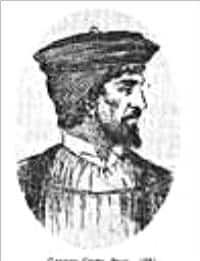
He was a Portuguese explorer who, alongside his father João Vaz Corte-Real and brother Miguel, participated in various exploratory voyages sponsored by the Portuguese Crown. These voyages are said to have been some of the first to reach Newfoundland and possibly other parts of eastern Canada.
George Bass
1771 - 1803
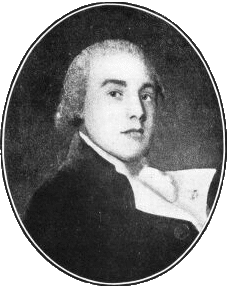
He was a British naval surgeon and explorer of Australia. What became of Bass is unknown. He set sail on his last voyage in the Venus on 5 February 1803, and he and his crew were never seen again. His plan was to go to Tahiti and perhaps on to the Spanish colonies on the coast of Chile to buy provisions and bring them back to Sydney.
George Vancouver
1757 - 1798
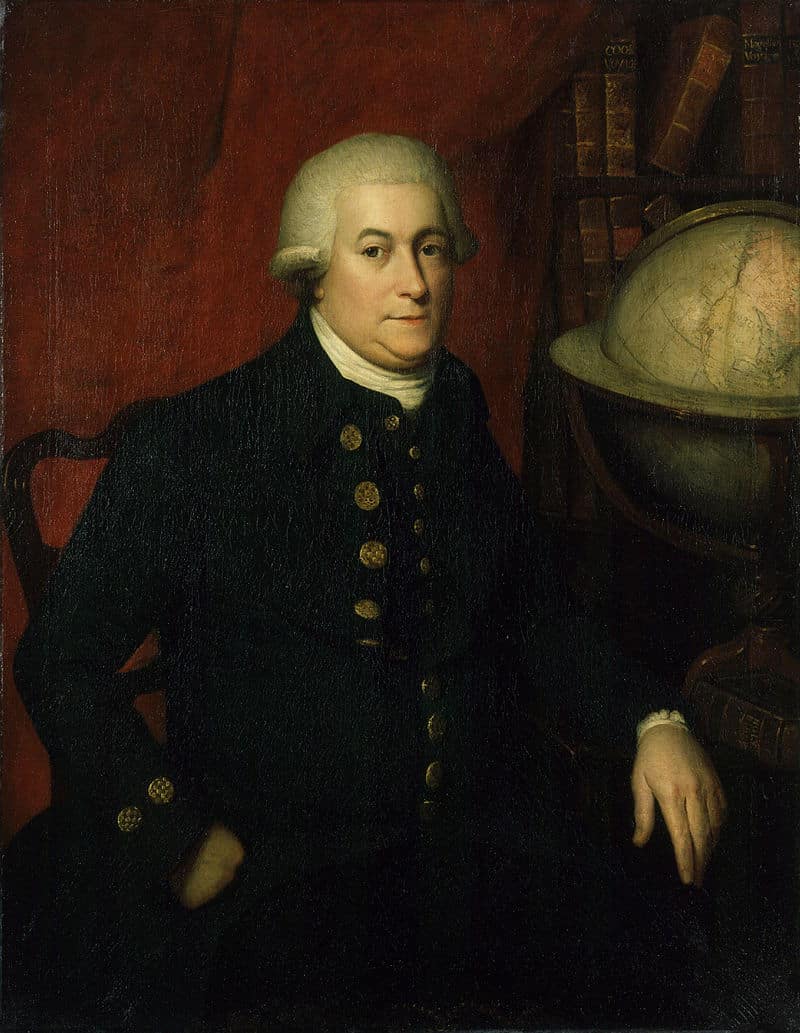
He was a British officer of the Royal Navy best known for his 1791–1795 expedition, which explored and charted North America's northwestern Pacific Coast regions.
Henry Duveyrier
1840 - 1892
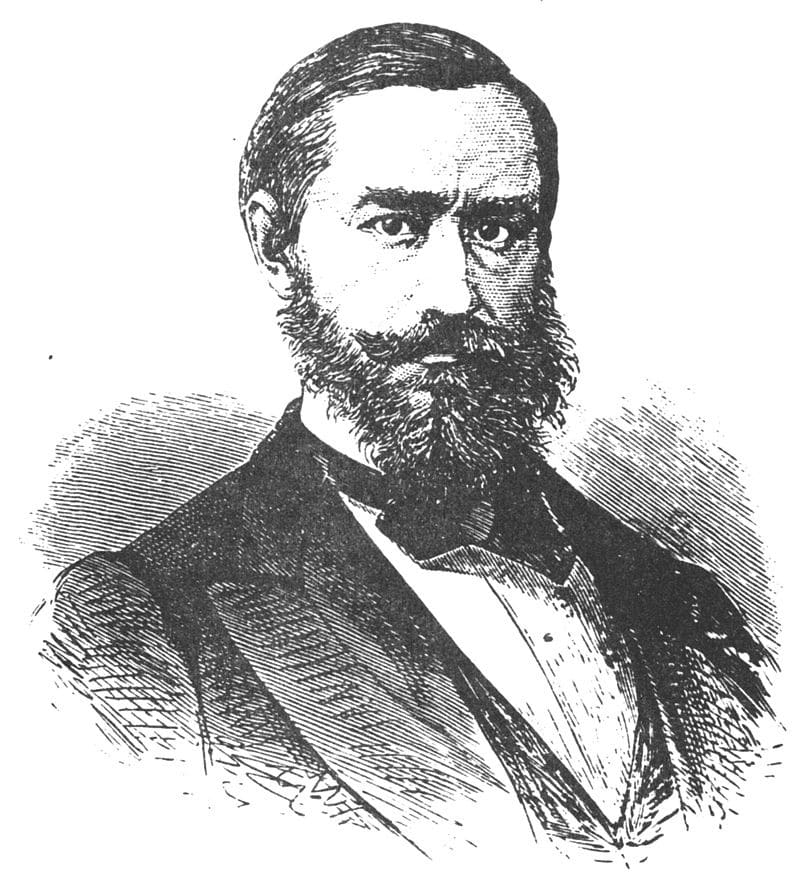
He was a French explorer who is known for exploring the Sahara Desert. He made several journeys in the Sahara, adding considerably to the knowledge of the regions immediately south of the Atlas Mountains, from the eastern confines of Morocco to Tunisia.
Henry Hudson
1565 - 1611
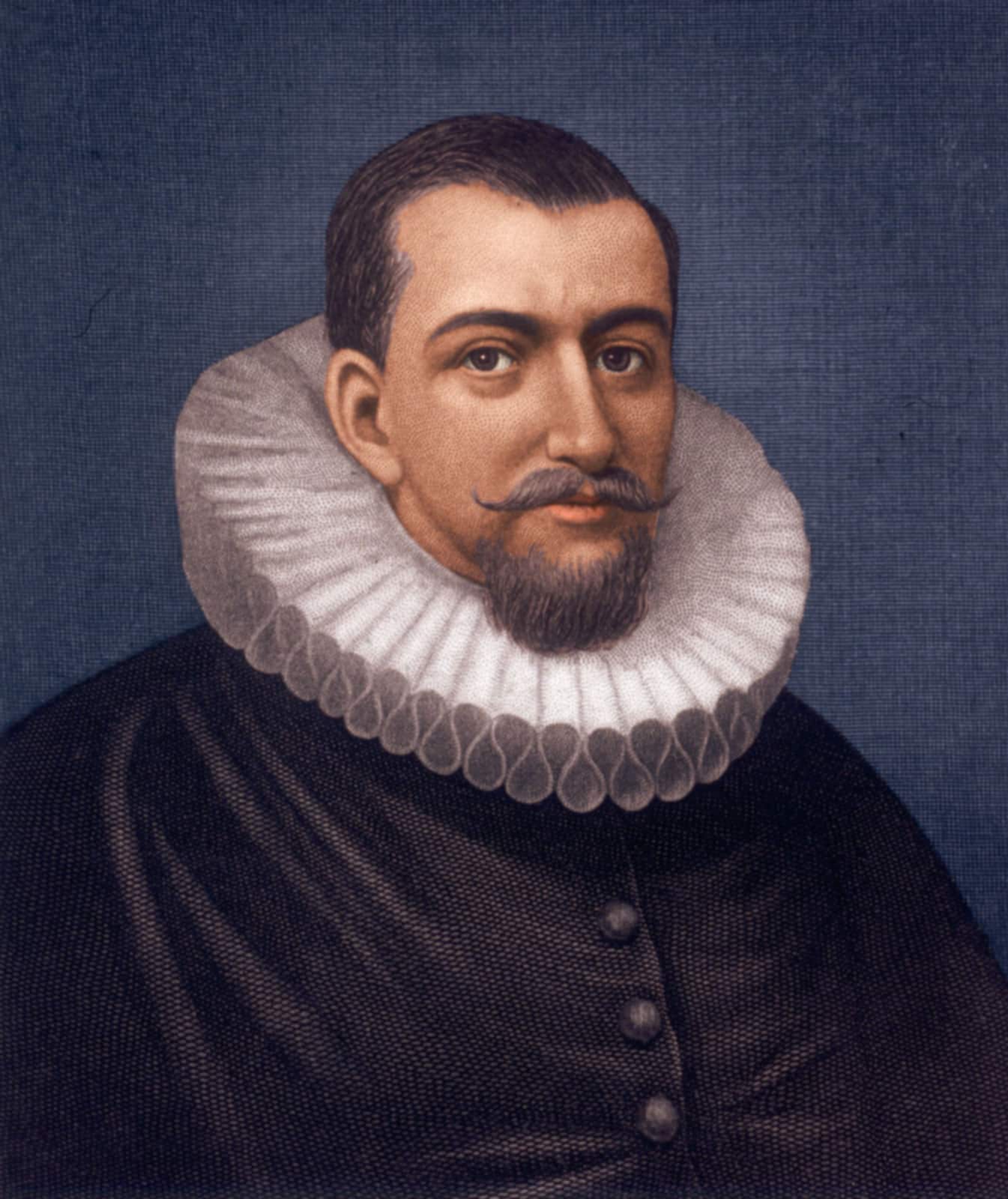
He sailed under the Dutch and English flags in search of the Northwest Passage. Tragically, in his final voyage, his crew mutinied and left him, his teenage son, and seven other crew members behind. They were never seen again.
Henry The Navigator
1394 - 1460
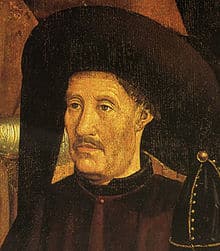
Despite not being an actual explorer, Prince Henry played a pivotal role in the Portuguese Empire. He would send other explorers to explore the coast of Africa, and on every journey, the explorers made it further south. This would eventually culminate in Vasco da Gama's finding a route to India.
Hernan Cortes
1485 - 1547
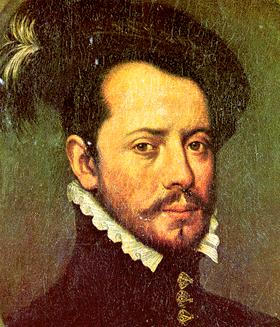
Known as one of the greatest of the Conquistadors for his conquest of the Aztecs. The Aztecs were the most powerful nation in Mexico, and Cortes successfully defeated them, despite being greatly outnumbered, with European tactics and his native allies.
Hernando de Soto
1500 - 1542
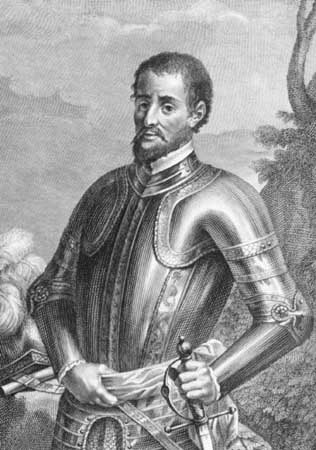
He was a Spanish explorer and conquistador who was involved in expeditions in Nicaragua and the Yucatan Peninsula. He played an important role in Francisco Pizarro's conquest of the Inca Empire in Peru but is best known for leading the first European expedition deep into the territory of the modern-day United States. He is the first European documented as having crossed the Mississippi River.
Jacques Cartier
1491 - 1557
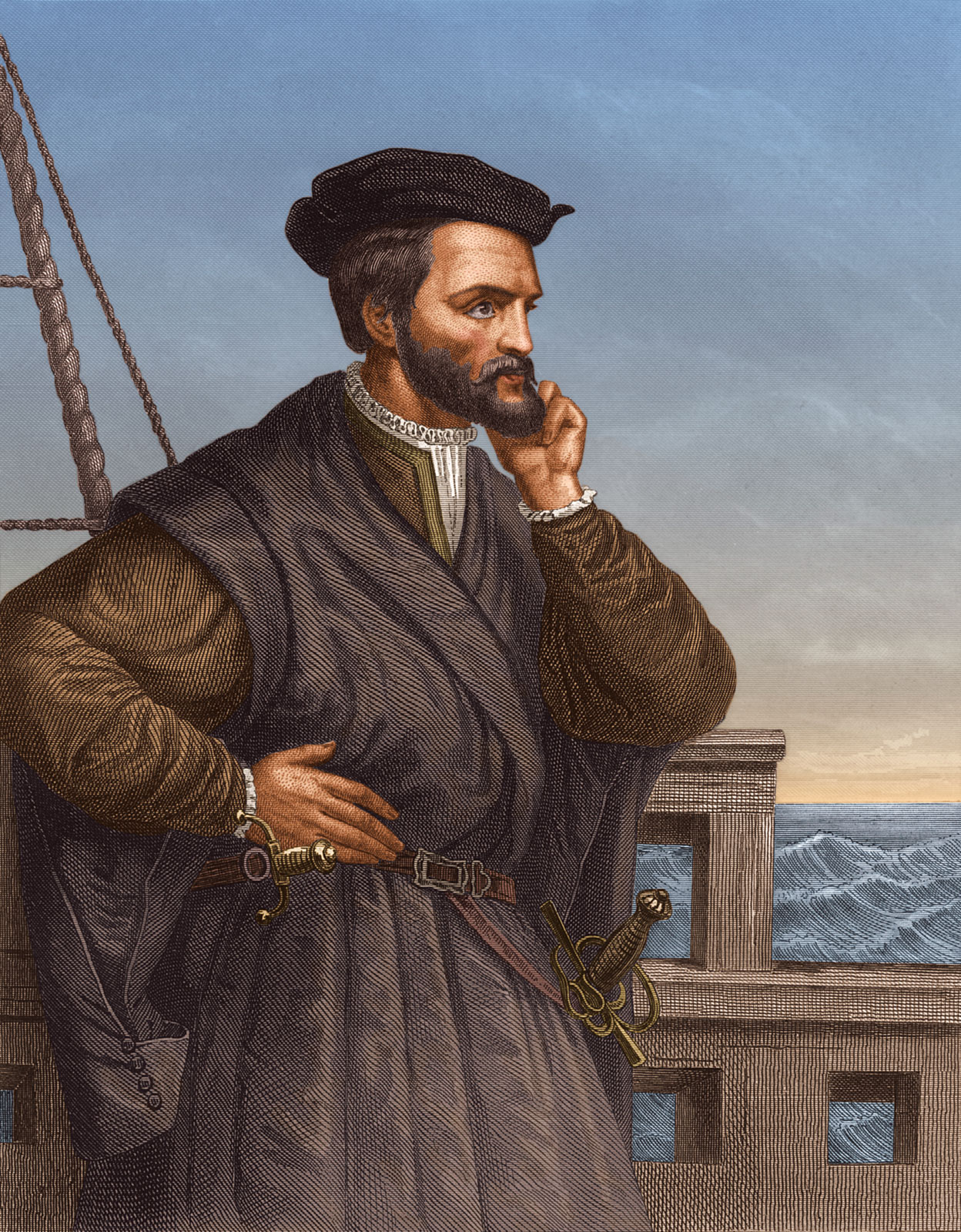
He sailed under the French flag and was the first European to describe and map the Gulf of Saint Lawrence and the shores of the Saint Lawrence River. He never lost a ship and sailed out of 50 unknown harbors without any mishaps. He is known as one of the most conscientious explorers.
Jacques Marquette
1637 - 1675
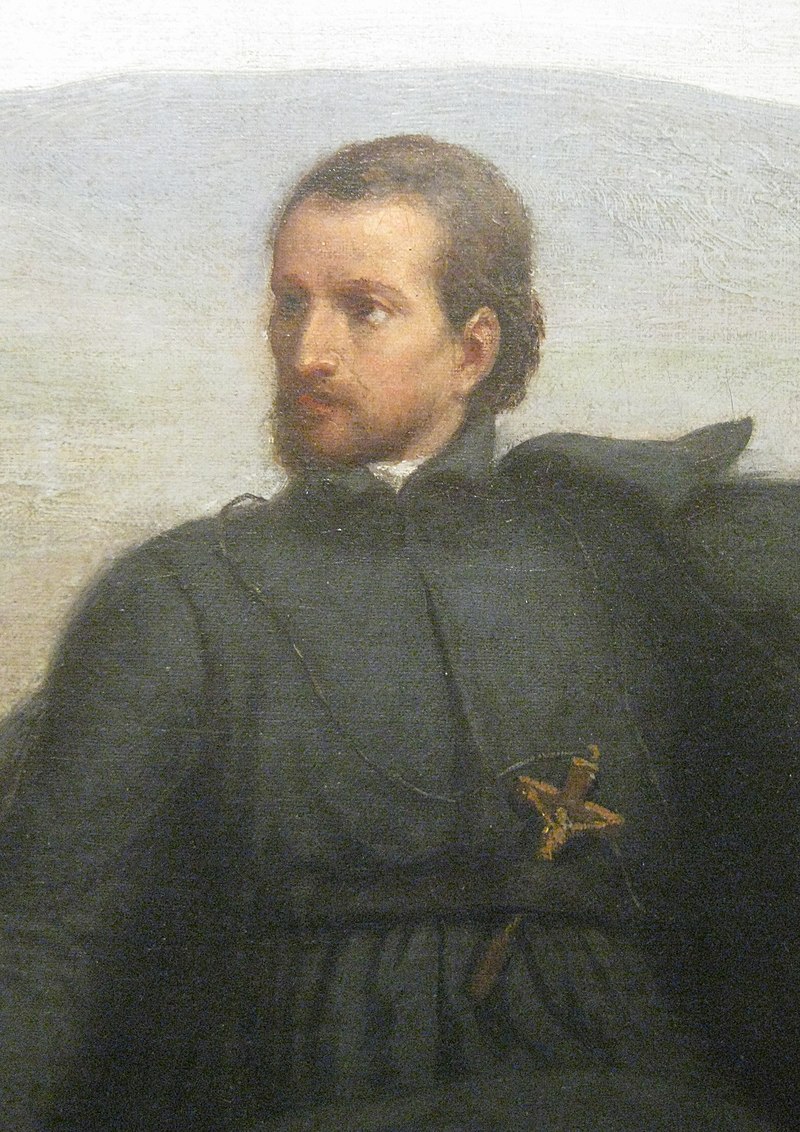
He was a Jesuit Missionary and the first European to explore and map the northern portion of the Mississippi River Valley and the first to found a settlement in Michigan. He died at a young age in Michigan. Members of the Illinois Confederation returned his bones to Saint-Ignace, Michigan.
James Beckwourth
1798 - 1867
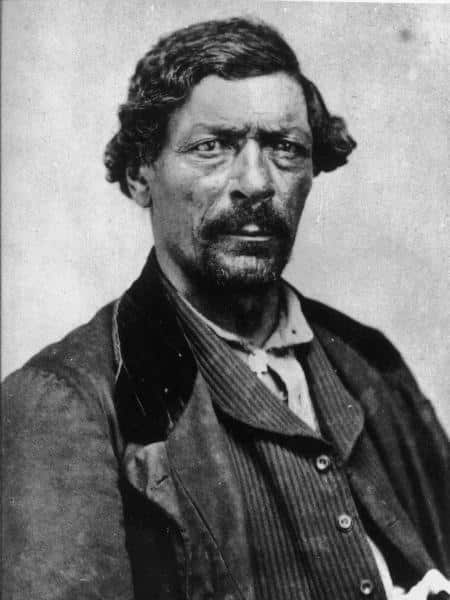
He was an American mountain man, fur trader, and explorer. Beckwourth was known as "Bloody Arm" because of his skill as a fighter. He was mixed-race and born into slavery in Virginia. He was freed by his white father (and owner) and apprenticed to a blacksmith so that he could learn a trade. He is credited for discovering the Beckwourth Pass through the Sierra Nevada, which increased migration into California.
James Cook
1728 - 1779
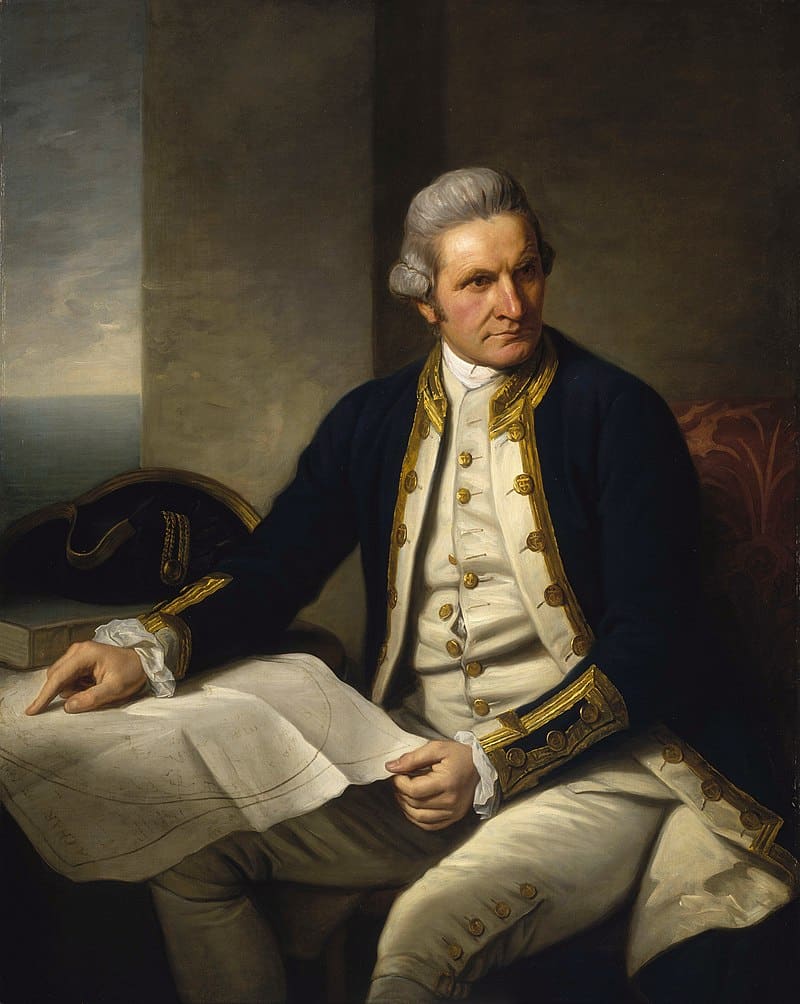
He was a British explorer, navigator, cartographer, and captain in the British Royal Navy, famous for his three voyages between 1768 and 1779 in the Pacific Ocean and to New Zealand and Australia in particular. He made detailed maps of Newfoundland prior to making three voyages to the Pacific, during which he achieved the first recorded European contact with the eastern coastline of Australia and the Hawaiian Islands and the first recorded circumnavigation of New Zealand.
James Clark Ross
1800 - 1862
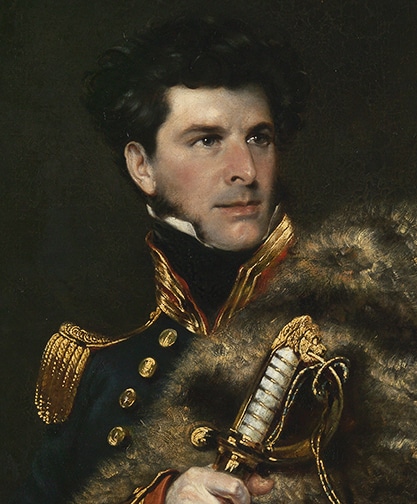
He was a British Royal Navy officer and polar explorer known for his explorations of the Arctic, participating in two expeditions led by his uncle Sir John Ross and four led by Sir William Parry, and, in particular, for his own Antarctic expedition from 1839 to 1843.
Jeanne Baret
1740 - 1807
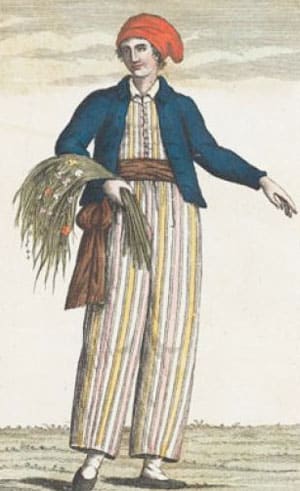
She was a member of Louis Antoine de Bougainville's expedition on the ships La Boudeuse and Étoile in 1766–1769. Baret is recognized as the first woman to have circumnavigated the globe, which she did via maritime transport.
Jean-Francois de Galaup, Comte de Laperouse
1741 - 1788
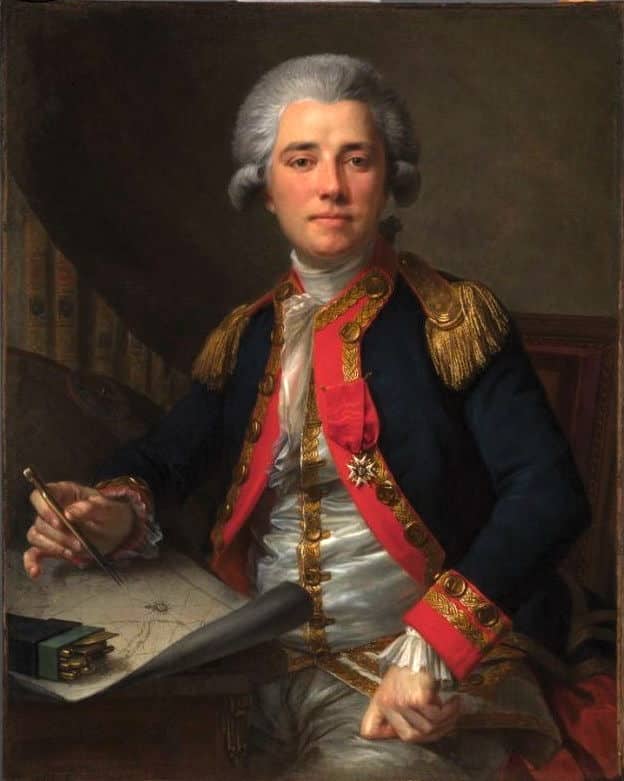
He was a French naval officer and explorer. Having enlisted at the age of 15, he had a successful naval career and, in 1785, was appointed to lead a scientific expedition around the world. His ships stopped in Chile, Hawaii, Alaska, California, Mauritius, Reunion, Macau, Japan, Russia, and Australia before wrecking on the reefs of Vanikoro in the Solomon Islands.
Jedidiah Strong Smith
1799 - 1831
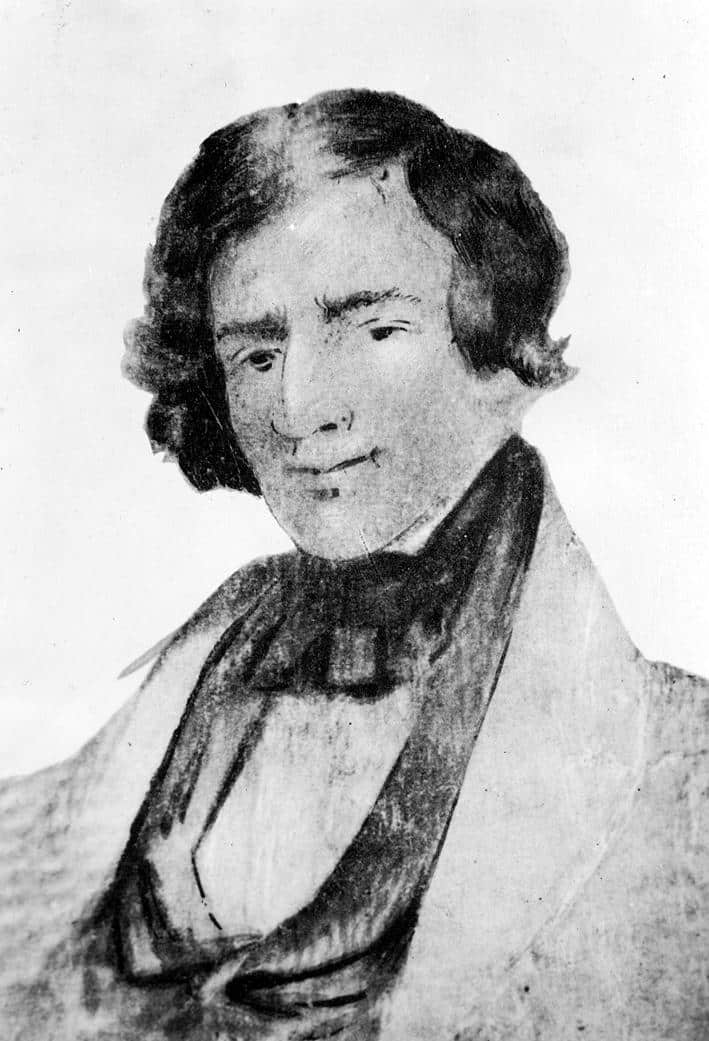
He was an American clerk, transcontinental pioneer, frontiersman, hunter, trapper, author, cartographer, mountain man, and explorer of the Rocky Mountains, the Western United States, and the Southwest during the early 19th century. After 75 years of obscurity following his death, Smith was rediscovered as the American whose explorations led to the use of the 20-mile-wide South Pass as the dominant point of crossing the Continental Divide for pioneers on the Oregon Trail.
Jim Baker
1818 - 1898
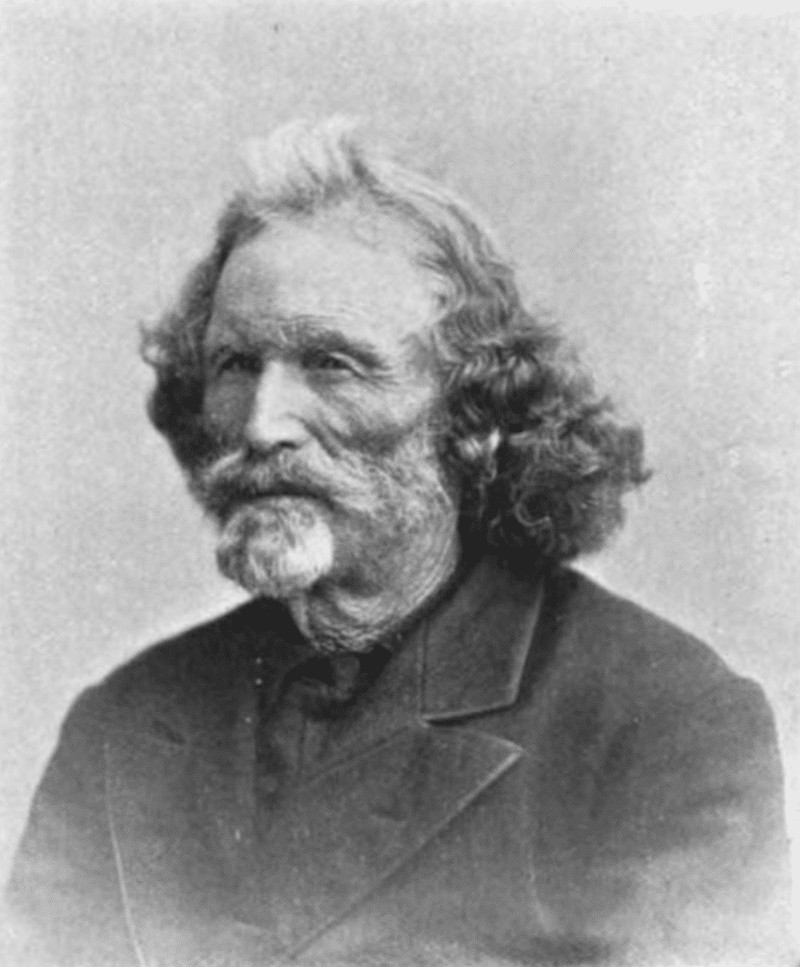
He was a frontiersman, trapper, hunter, army scout, interpreter, and rancher. He was first a trapper and hunter. The decline of the fur trade in the early 1840s drove many trappers to quit, but Baker remained in the business until 1855.
Joao Goncalves Zarco
1390 - 1471
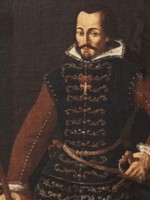
He was a Portuguese explorer who established settlements and recognition of the Madeira Islands and was appointed the first captain of Funchal by Henry the Navigator.
John Cabot
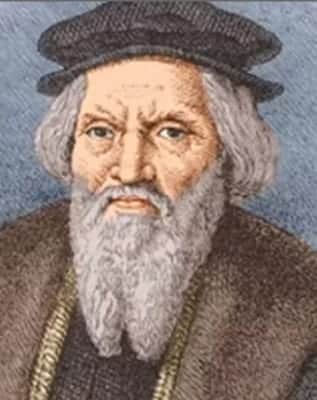
He was commissioned by King Henry VII and sailed to the current United States in 1497. He was the first European to explore the coast of the United States. He disappeared mysteriously and has been lost to history. Some say he died on his third and final voyage, while some say he lived in England for many years after.
John C. Fremont
1813 - 1890
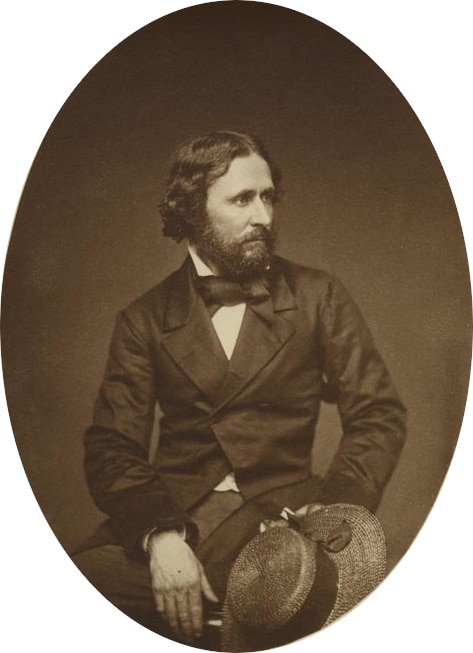
He was an American explorer, military officer, and politician. He was a U.S. Senator from California and, in 1856, was the first Republican nominee for president of the United States and founder of the California Republican Party when he was nominated.
John Glenn
1921 - 2016
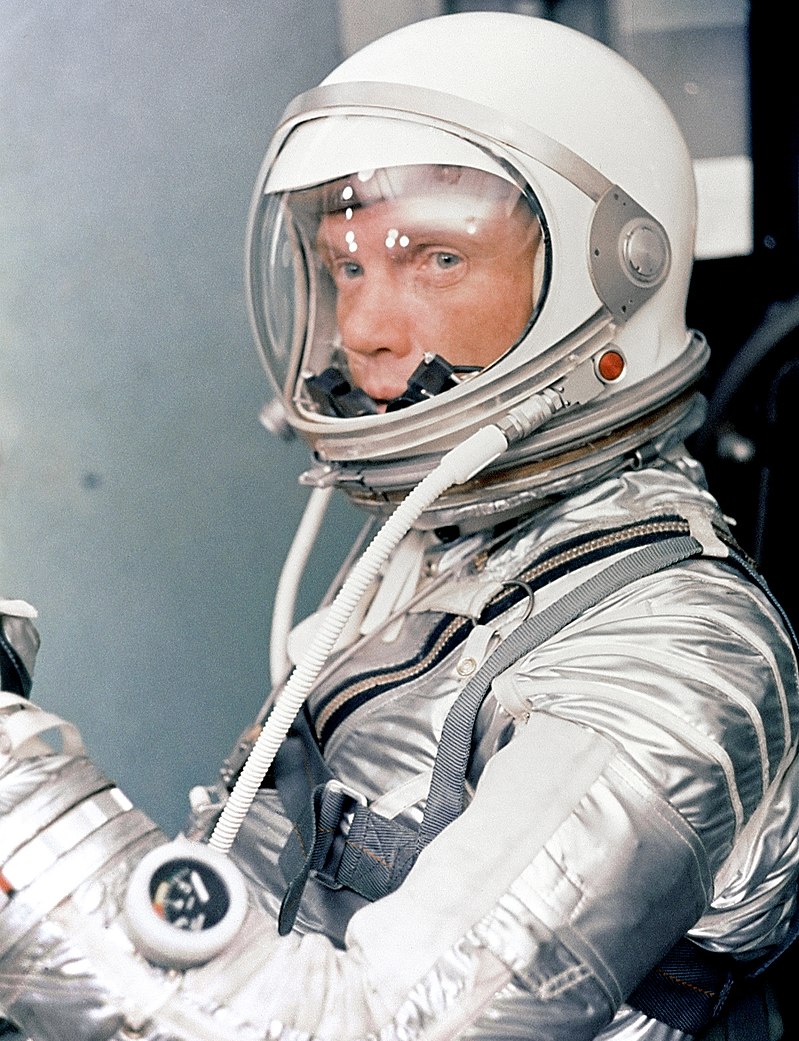
He was an American Marine Corps aviator, engineer, astronaut, businessman, and politician. He was the third American in space and the first American to orbit the Earth, circling it three times in 1962
John W. Gunnison
1812 - 1853
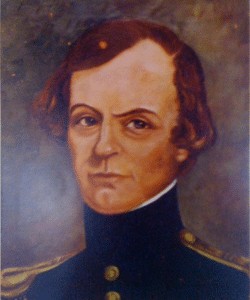
He was an American military officer and explorer. He explored Florida, the area around the Great Lakes. He surveyed the border between Wisconsin and Michigan, the western coast of Lake Michigan, and the coast of Lake Erie. He was killed by members of the Pahvant Utes.
John Smith
1579 - 1631
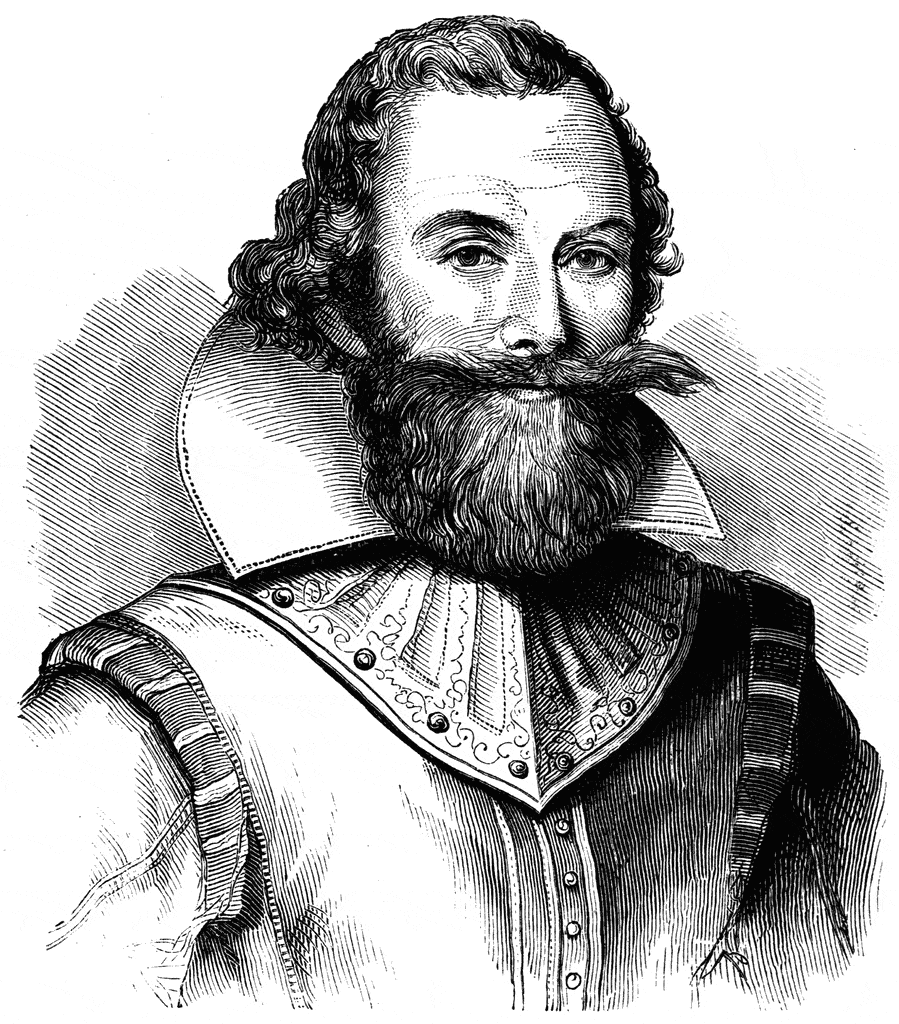
An influential leader during the formation of the colony of Jamestown. He had explored the coast of America prior to his work at Jamestown. He would return to England, where he would become an advocate for English migration to the New World. He studied the success of the French and other English colonies and gave suggestions on how to make the transition to America successful.
Joseph Nicollet
1786 - 1843
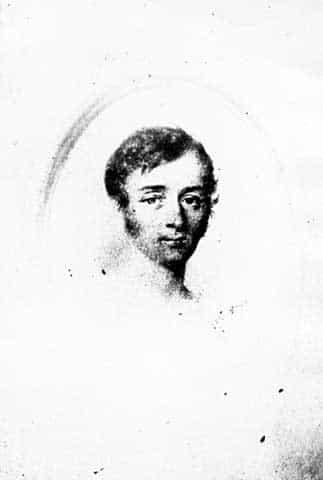
He was a French geographer, astronomer, and mathematician known for mapping the Upper Mississippi River basin during the 1830s. Nicollet led three expeditions in the region between the Mississippi and Missouri Rivers, primarily in Minnesota, South Dakota, and North Dakota
Juan Rodriguez Cabrillo
1499 - 1543
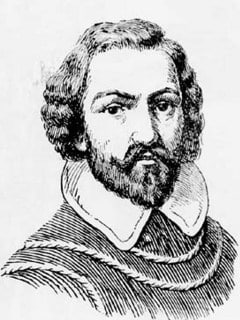
He was a Spanish Conquistador best known for investigations of the West Coast of North America, undertaken on behalf of the Spanish Empire. He was the first European to explore present-day California, navigating along the coast of California in 1542–1543 on his voyage from New Spain.
Jules Dumont d'Urville
1790 - 1842
He was a French explorer and naval officer who explored the south and western Pacific, Australia, New Zealand, and Antarctica. As a botanist and cartographer, he gave his name to several seaweeds, plants, shrubs, and places such as d'Urville Island in New Zealand.
Kit Carson
1809 - 1868
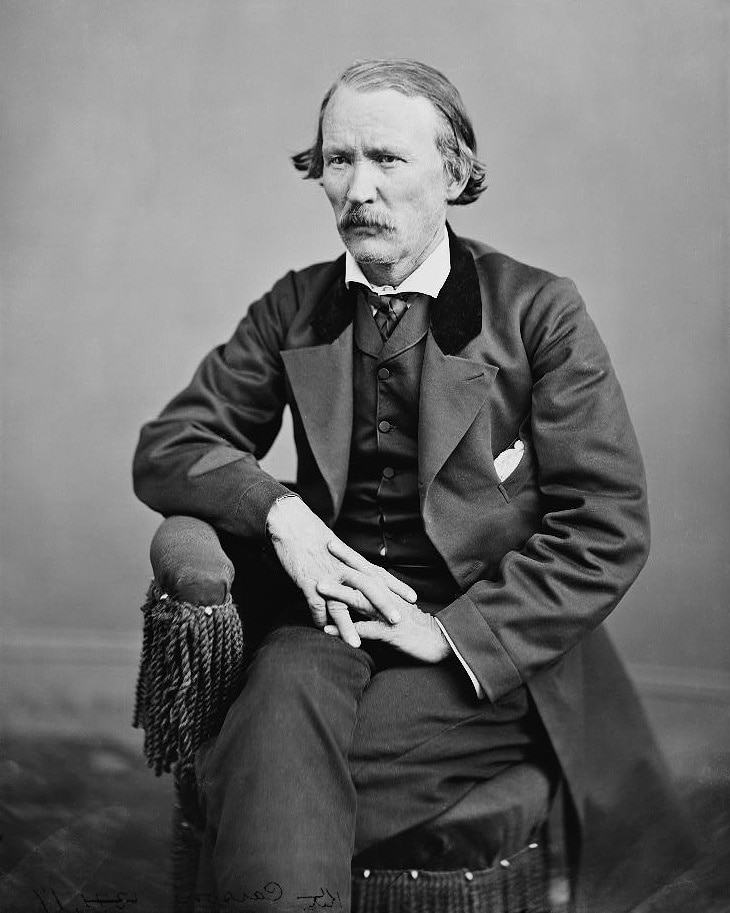
He was an American frontiersman. He was a fur trapper, wilderness guide, Indian agent, and U.S. Army officer. He became a frontier legend in his own life through biographies and news articles, and exaggerated versions of his exploits were the subject of dime novels.
Leif Ericson
970 - 1025
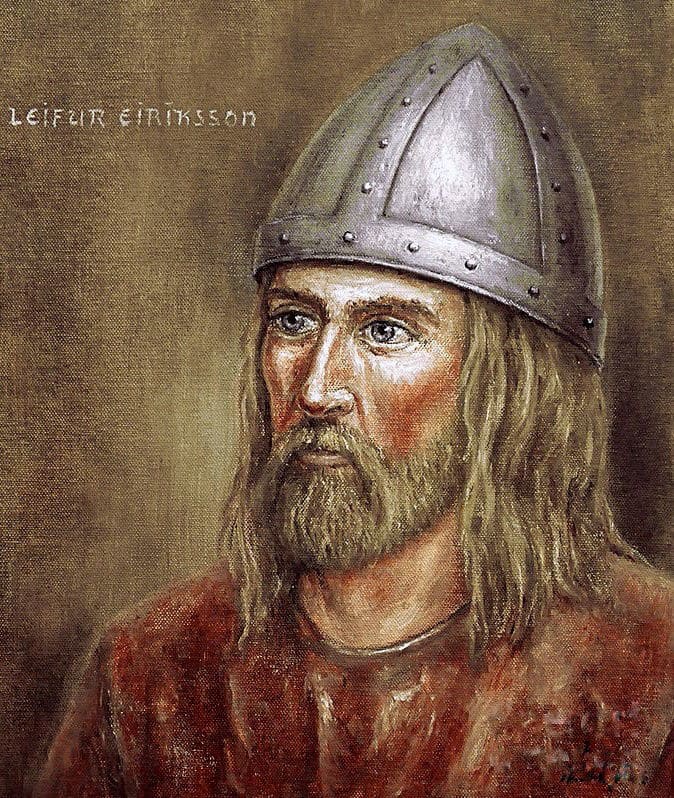
He is known as the first European to explore what became the New World. The Vikings did not share their findings, and their accomplishments would now be known until many years after Columbus. He would have arrived in the year 1000.
Louis de Buade de Frontenac
1622 - 1698
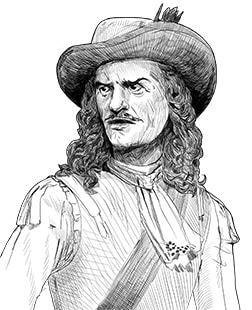
He was a French soldier, courtier, and Governor General of New France in North America from 1672 to 1682 and again from 1689 to his death in 1698. He established a number of forts on the Great Lakes and engaged in a series of battles against the English and the Iroquois.
Louis Hennepin
1626 - 1704
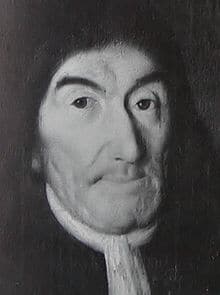
He was a Belgian Roman Catholic priest and missionary of the Franciscan Recollet order and an explorer of the interior of North America. He was captured by a band of Sioux Indians and eventually released.
Louis Juchereau de St. Denis
1676 - 1744
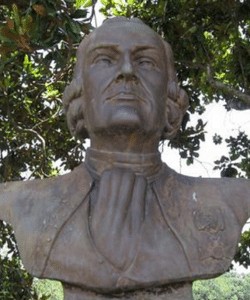
He was a French-Canadian soldier and explorer best known for his exploration and development of the Louisiana and Spanish Texas regions. He commanded a small garrison at Fort de la Boulaye on the lower Mississippi River, built in 1700, and founded Fort St Jean Baptiste de Natchitoches in northern Louisiana
Marco Polo
1254 - 1324
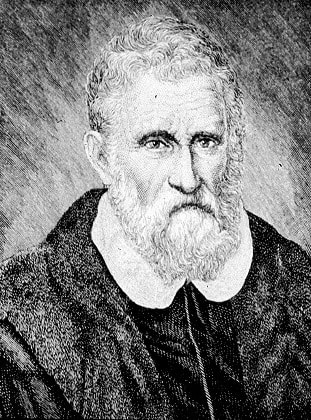
He was an explorer and writer who traveled through Asia along the Silk Road between 1271 and 1295. His travels are recorded in The Travels of Marco Polo, a book that described to Europeans the mysterious culture and inner workings of the Eastern world, including the wealth and great size of the Mongol Empire and China in the Yuan Dynasty, giving their first comprehensive look into China, Persia, India, Japan, and other Asian cities and countries.
Matthew Flinders
1774 - 1814
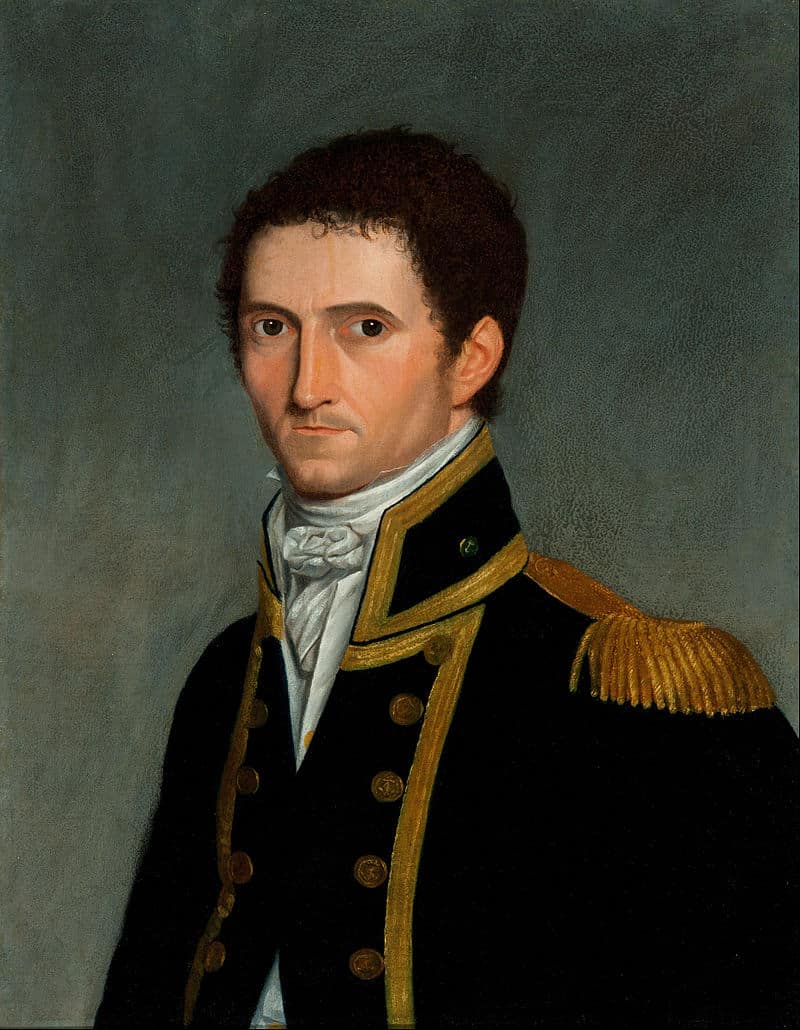
He was a British navigator and cartographer who led the first inshore circumnavigation of mainland Australia, then called New Holland. He is also credited as being the first person to utilize the name Australia to describe the entirety of that continent.
Meriwether Lewis
1774 - 1809
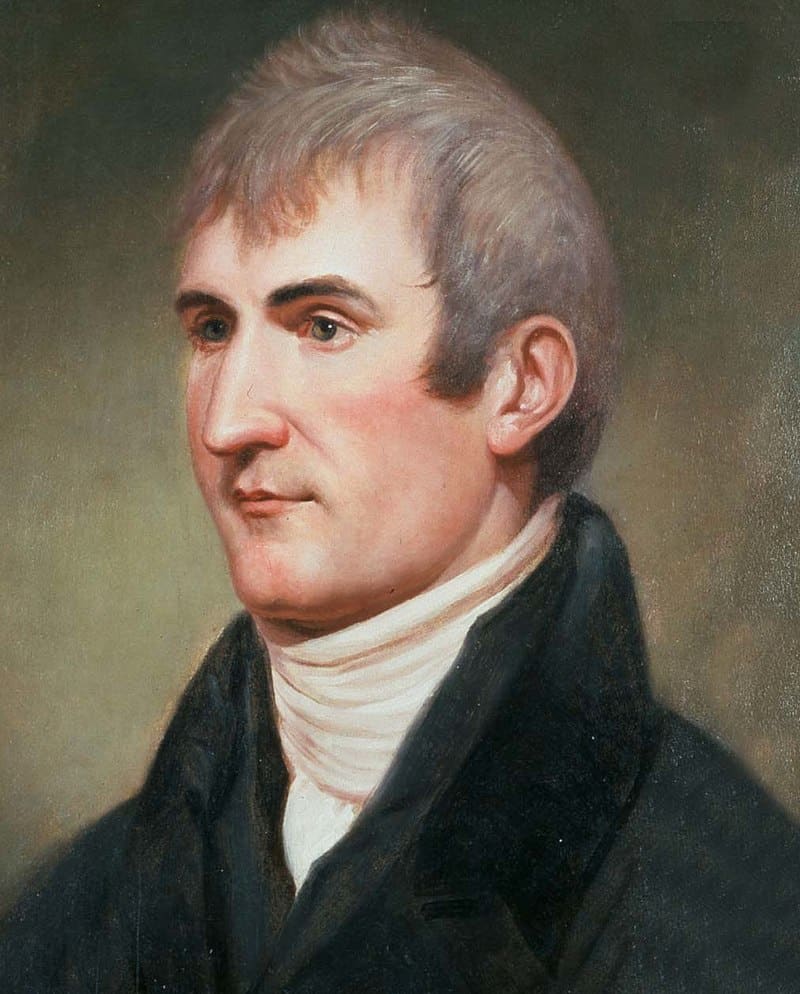
He was an American explorer, soldier, politician, and public administrator, best known for his role as the leader of the Lewis and Clark Expedition, also known as the Corps of Discovery, with William Clark.
Miguel Corte-Real
1448 - 1502

The Corte-Real family was well-known within the country of Portugal, so when his brother Gasper did not return from his voyage, Miguel would set out to find him. He would be unsuccessful in doing so and would be lost at sea.
Mungo Park
1771 - 1806
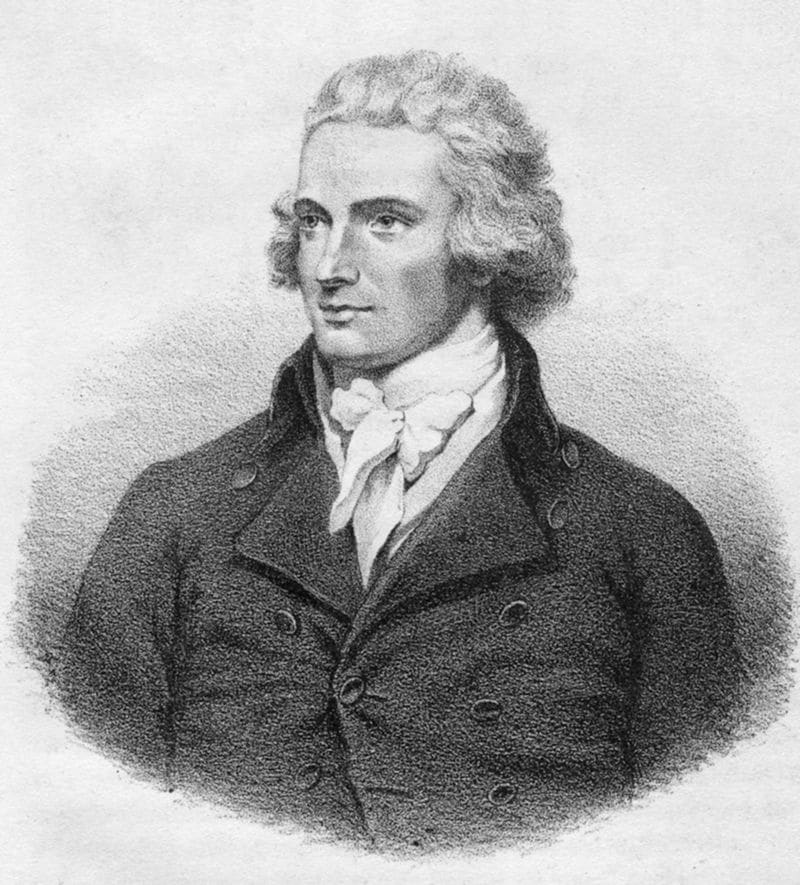
He was a Scottish explorer of West Africa. After an exploration of the upper Niger River around 1796, he wrote a popular and influential travel book titled Travels in the Interior Districts of Africa, in which he theorized that Niger and Congo merged to become the same river. He was killed during a second expedition
Neil Armstrong
1930 - 2012
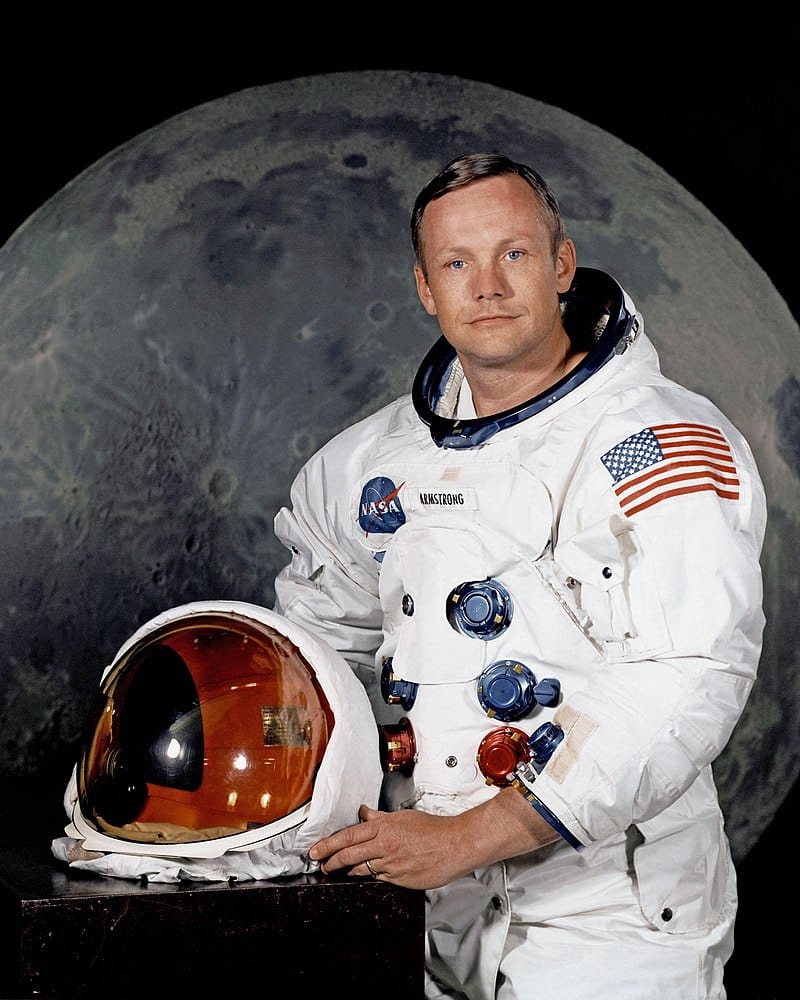
He was an American astronaut and aeronautical engineer who became the first person to walk on the Moon in 1969. He was also a naval aviator, test pilot, and university professor.
Olivier van Noort
1558 - 1627
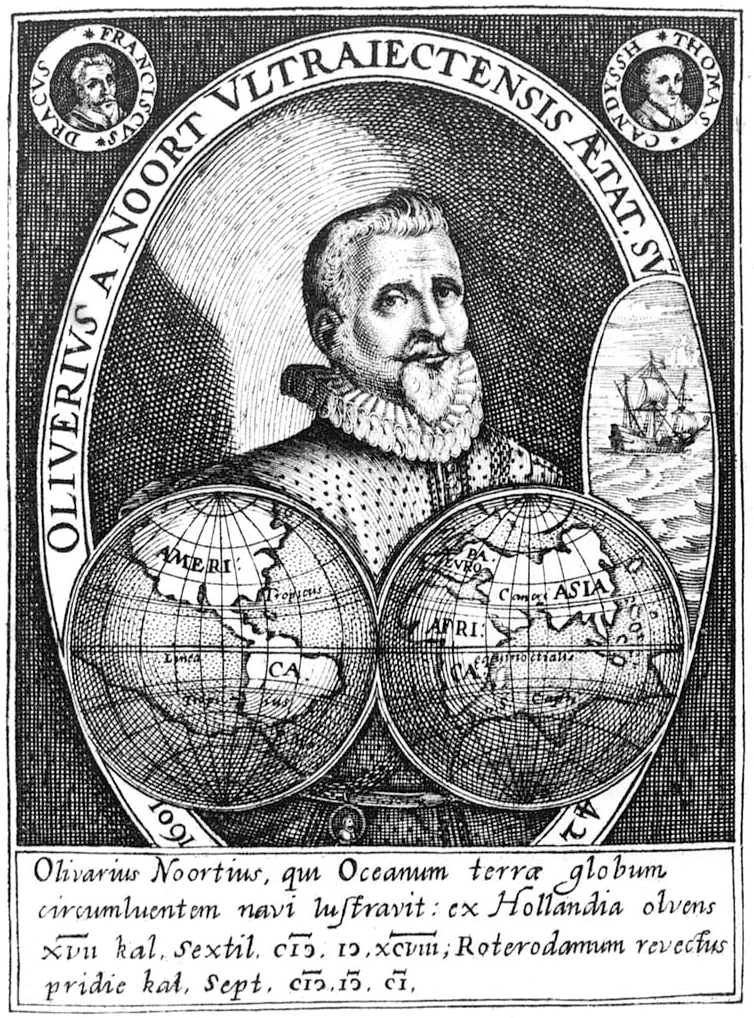
He was a Dutch explorer and would become the first Dutchman to sail around the world. He left in 1598 and did not return from his voyage for another 2 years. He lost two of his ships near the Philippines. He still survived and helped secure the Dutch presence in Asian trade.
Panfilo de Narvaez
1470 - 1528
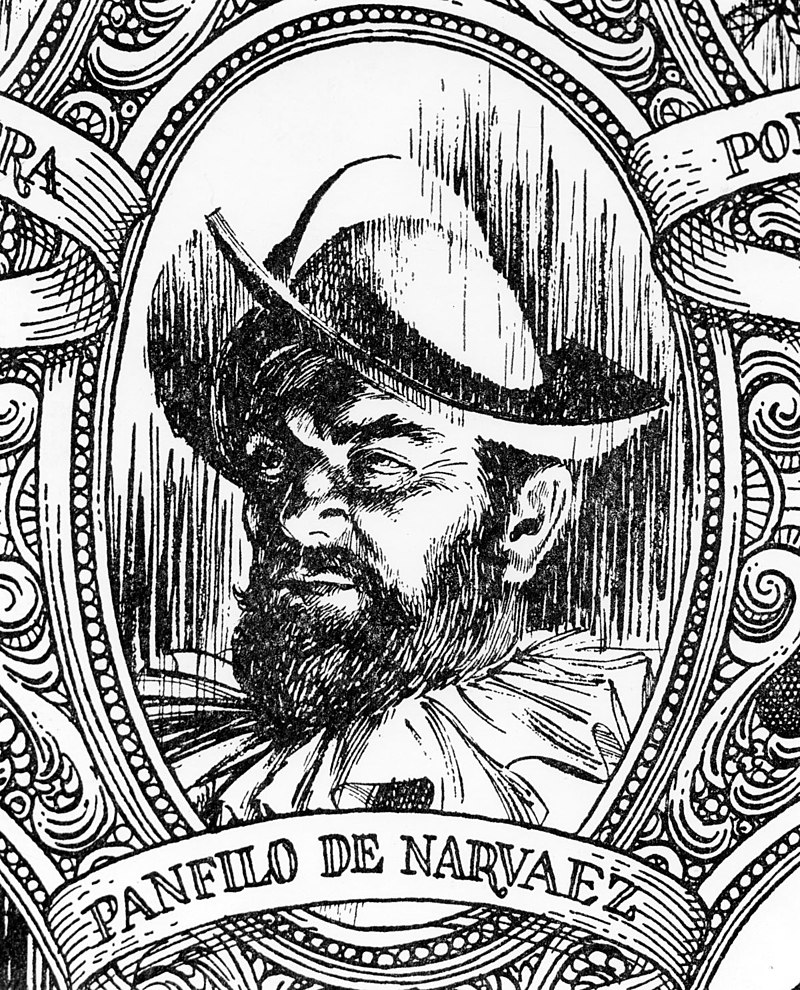
He was a Spanish conquistador and soldier in the Americas. Born in Spain, he first embarked on Jamaica in 1510 as a soldier. He came to participate in the conquest of Cuba and led an expedition to Camagüey, escorting Bartolomé de las Casas. He was also known for his failed attempt to capture Cortes, in which he lost his eye.
Pierre Le Moyne
1661 - 1706
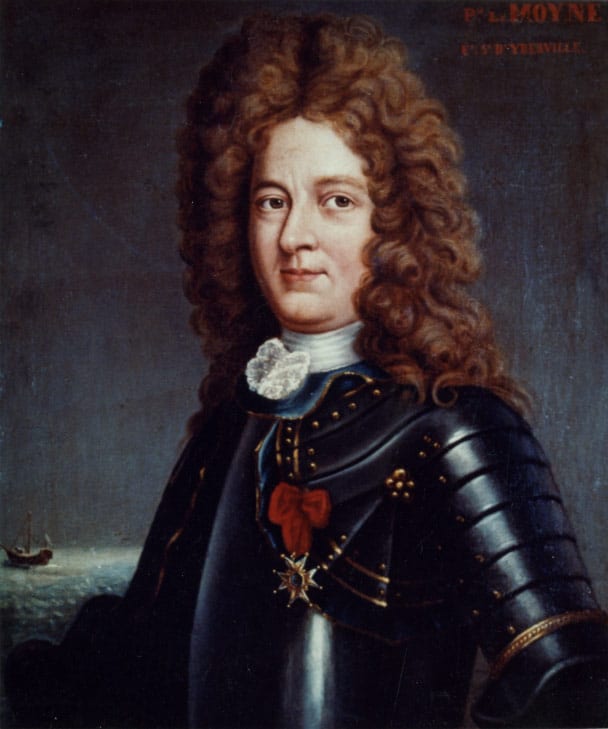
He was a soldier, ship captain, explorer, colonial administrator, knight of the order of Saint-Louis, adventurer, privateer, trader, member of Compagnies Franches de la Marine, and founder of the French colony of Louisiana in New France. He was born in Montreal of French colonist parents.
Pierre-Charles Le Sueur
1657 - 1704
He was a French fur trader and explorer in North America, recognized as the first known European to explore the Minnesota River valley
Pedro Alvares Cabral
1467 - 1520
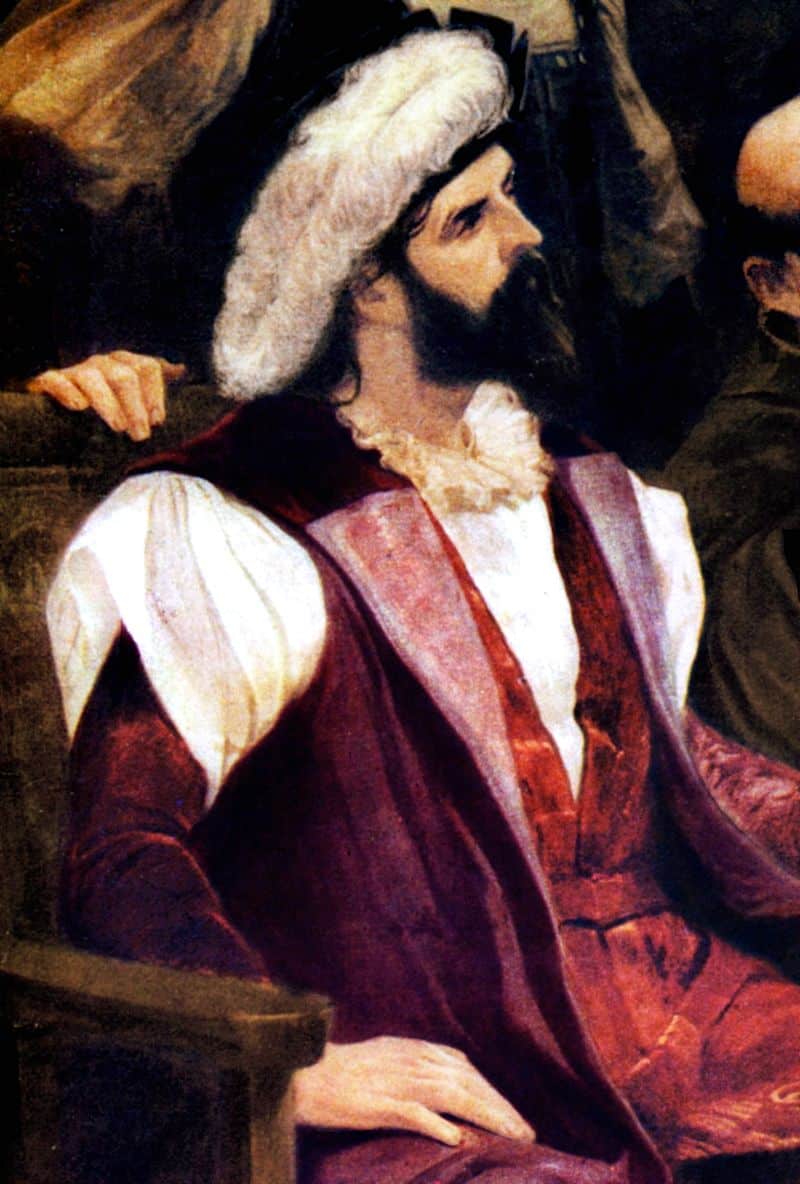
Known as the explorer who discovered and found Brazil. While his popularity in Portugal is not as great as Henry the Navigator or Vasco da Gama, his popularity in Brazil is tremendous. Cabral was the first explorer to touch the ground on four continents: Europe, Africa, Asia, and South America.
Ponce de Leon
1474 - 1521
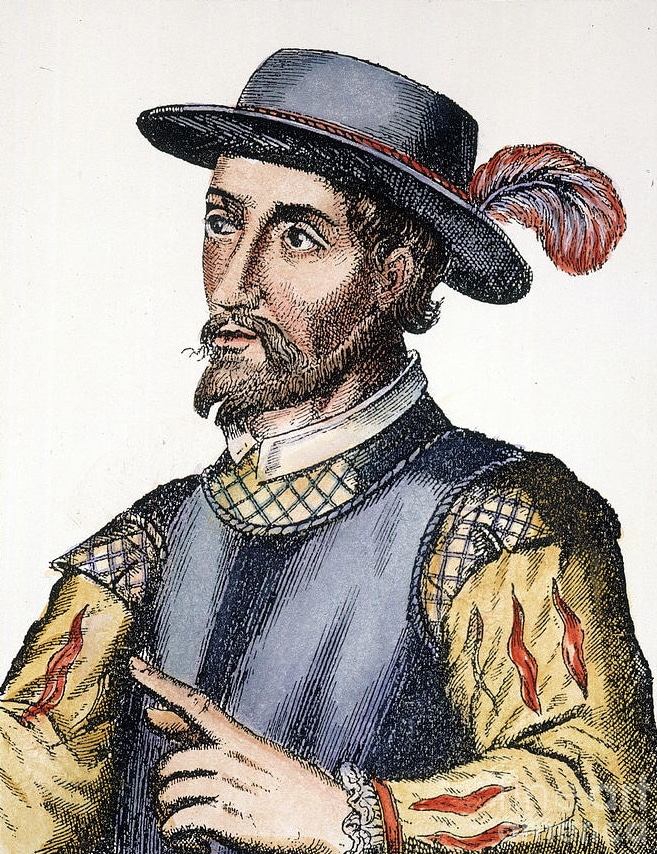
The Spanish Conquistador explored the modern state of Florida and searched for the mythical Fountain of Youth. He first arrived in America on the second voyage of Christopher Columbus, and he eventually served as the first Governor of Puerto Rico
Robert de La Salle
1643 - 1687
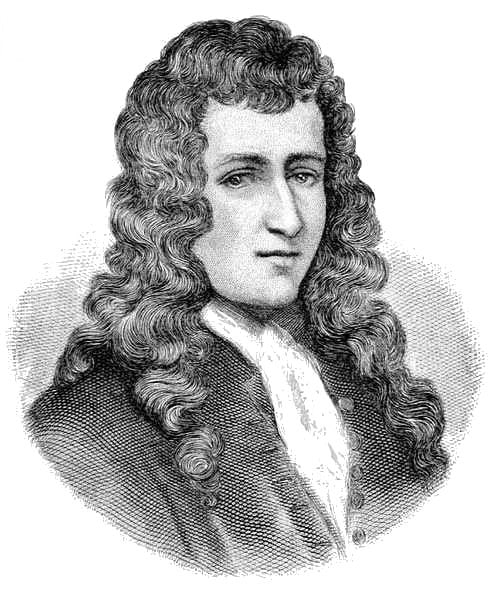
He was a 17th-century French explorer and fur trader in North America. He explored the Great Lakes region of the United States and Canada, the Mississippi River, and the Gulf of Mexico. He is best known for claiming the basin of the Mississippi River for France. This would eventually become Louisiana.
Samuel de Champlain
1567 - 1635
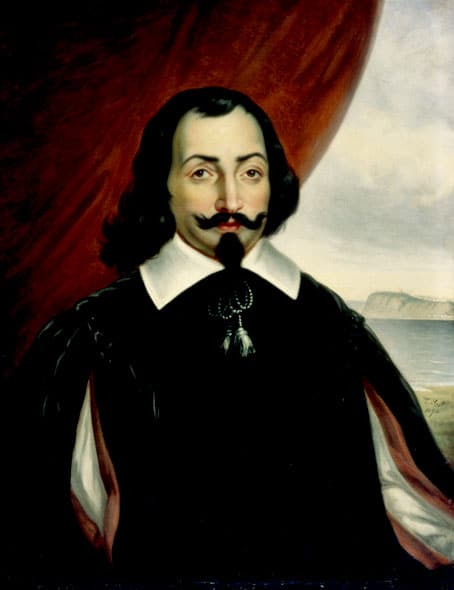
He was a French colonist, navigator, cartographer, draftsman, soldier, explorer, geographer, ethnologist, diplomat, and chronicler. He made between 21 and 29 trips across the Atlantic Ocean and founded Quebec and New France on 3 July 1608. An important figure in Canadian history, Champlain created the first accurate coastal map during his explorations and founded various colonial settlements.
Sir Francis Drake
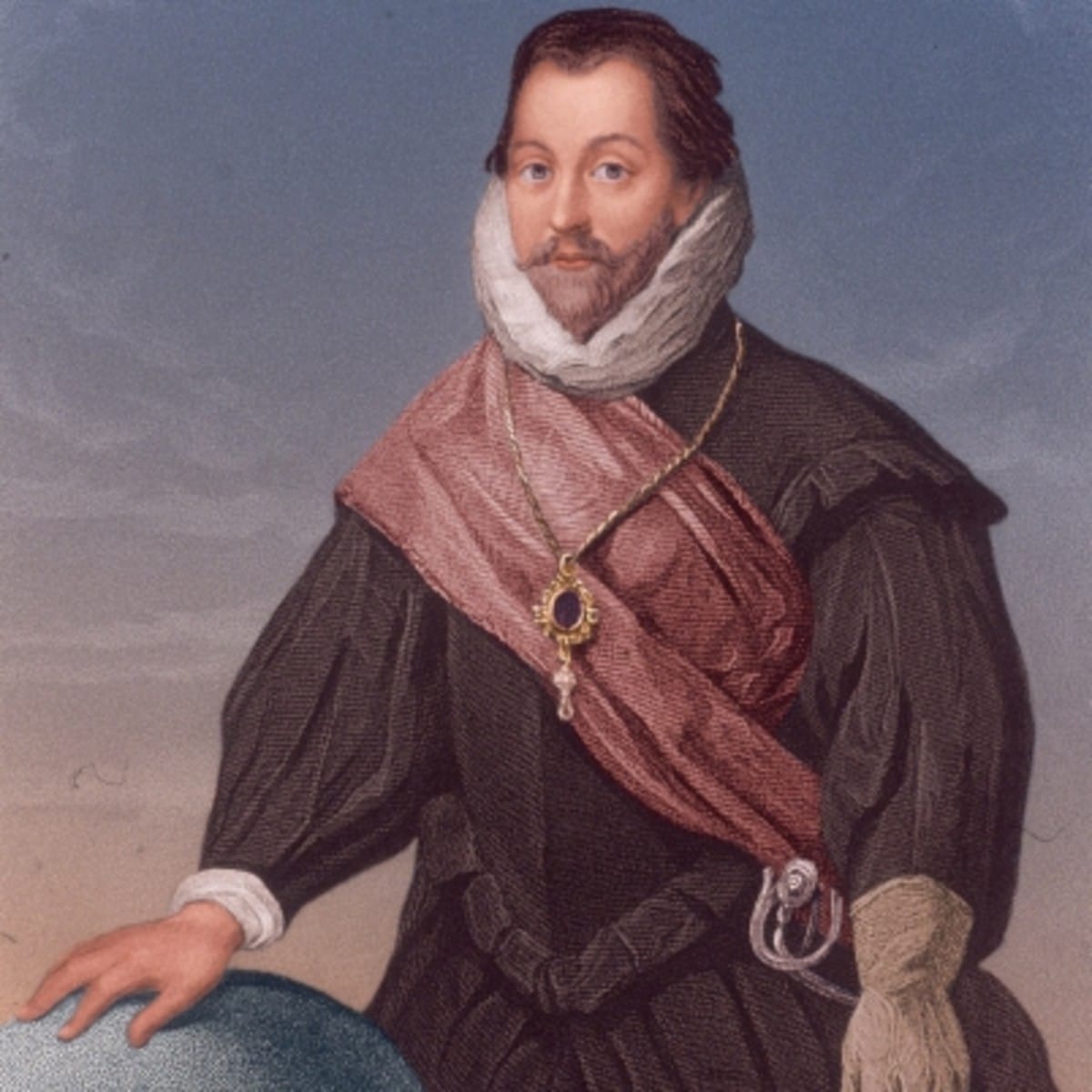
He is one of the most celebrated privateers and explorers in English history. He is known as someone who circumnavigated the world and led the English in the defeat of the Spanish Armada. Due to his accomplishments, the English became the dominant European power.
Sir Martin Frobisher
1535 - 1594
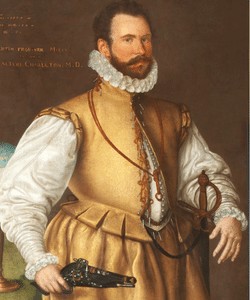
He was an English seaman and privateer who made three voyages to the New World looking for the Northwest Passage. He probably sighted Resolution Island near Labrador in north-eastern Canada before entering Frobisher Bay and landing on present-day Baffin Island.
Sir Walter Raleigh
1552 - 1618
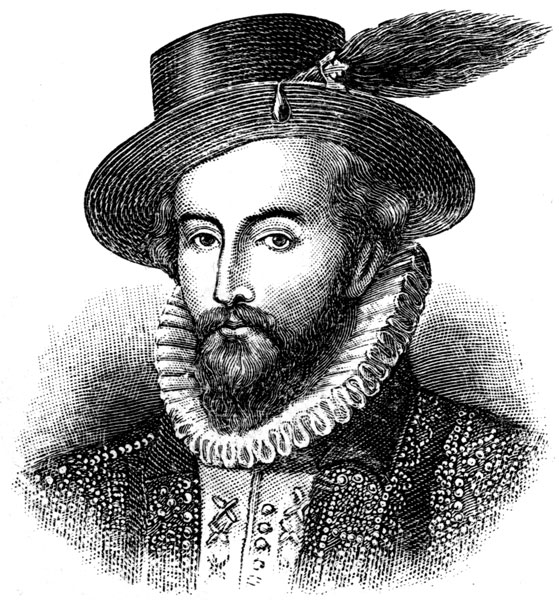
He was an influential figure during the reign of Queen Elizabeth and was one of the men who helped plan the failed colony of Roanoke. He would be executed after the death of Queen Elizabeth and during the reign of King James.
Tristao Vaz Teixeira
1395 - 1480
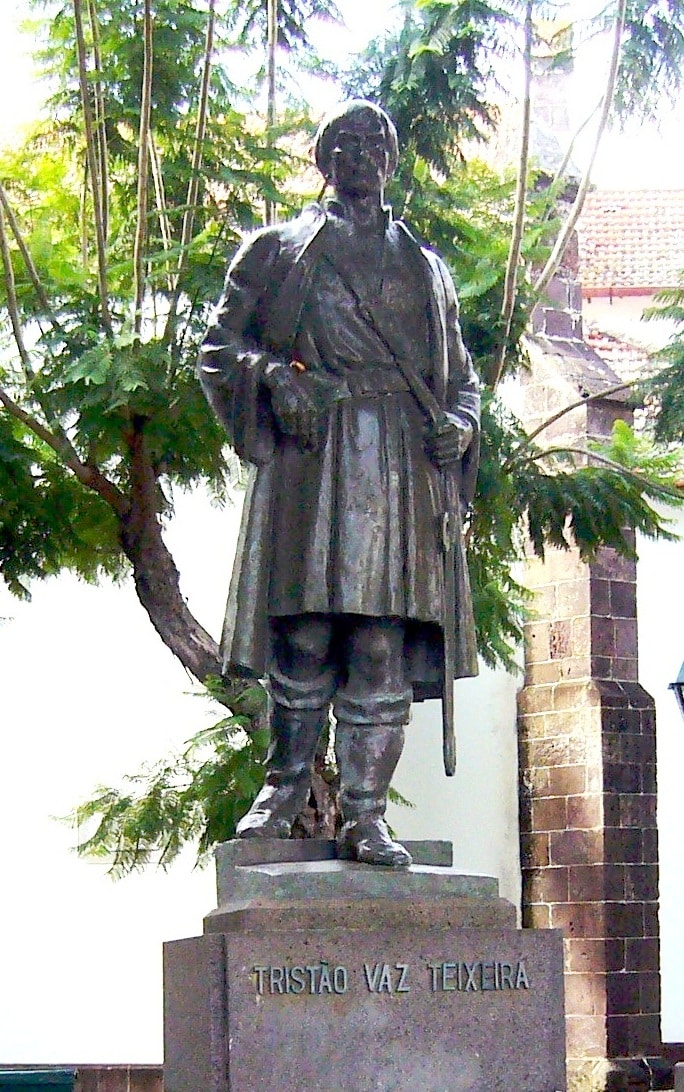
He was a Portuguese navigator and explorer who, together with João Gonçalves Zarco and Bartolomeu Perestrelo, was the official discoverer and one of the first settlers of the archipelago of Madeira.
Vasco da Gama
1460 - 1524
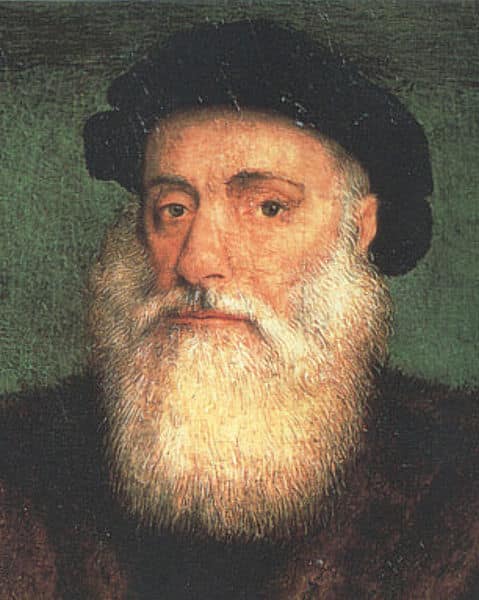
The most famous Portuguese Explorer was Vasco da Gama. He would become the first European to round the tip of Africa and reach India. His accomplishments would expand the Portuguese Empire that Prince Henry had already started. He was known for his ability to use politics and power effectively to establish Portuguese trade in the Indian Ocean.
Vasco Nunez de Balboa
1475 - 1519
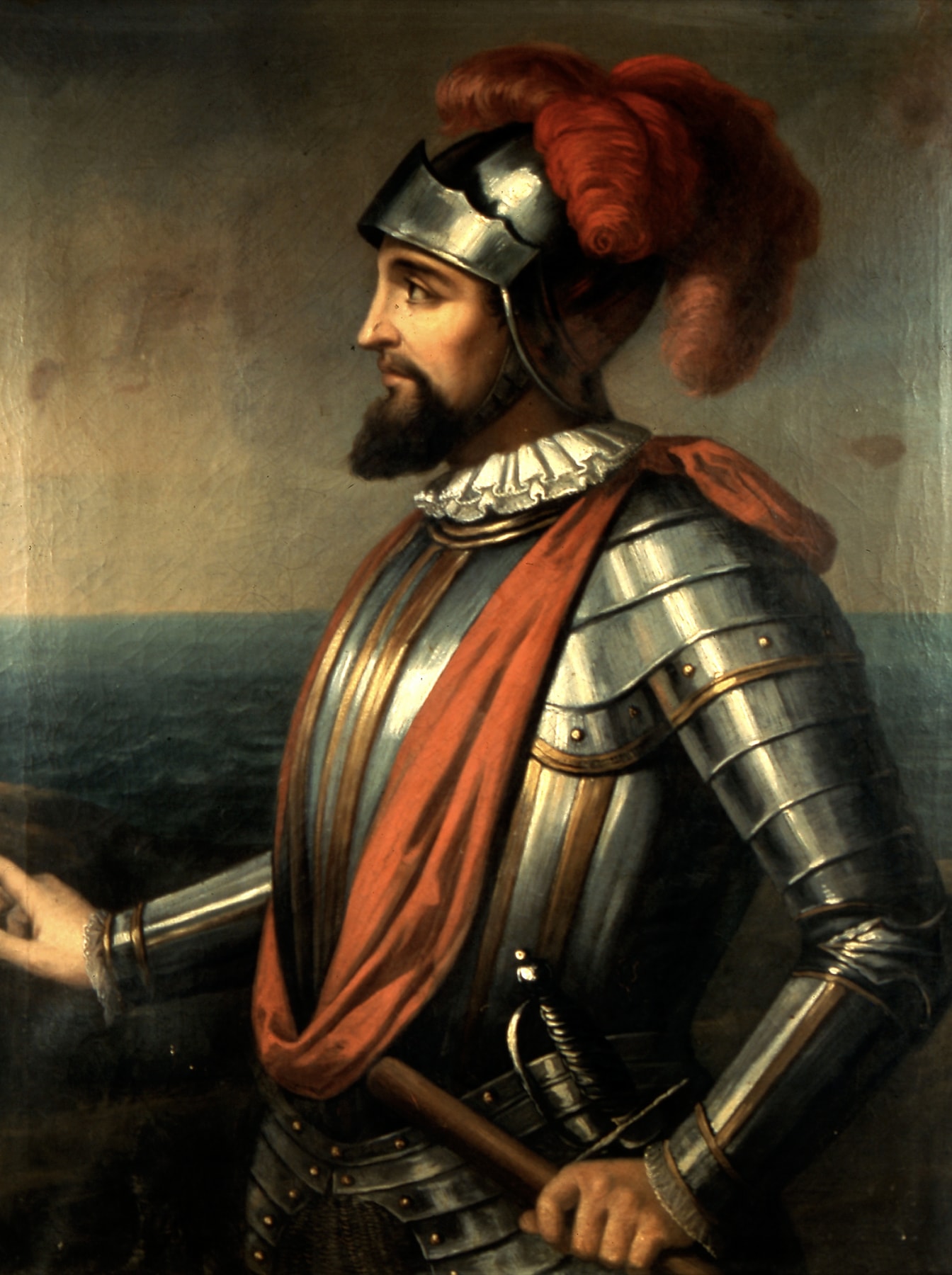
He would become the first Spanish Conquistador to see the Pacific Ocean from the shores of the New World. Balboa would run into some hard times. He had disputes with powerful political players, which led to his arrest and eventually his execution.
Willem Janszoon
1570 - 1630
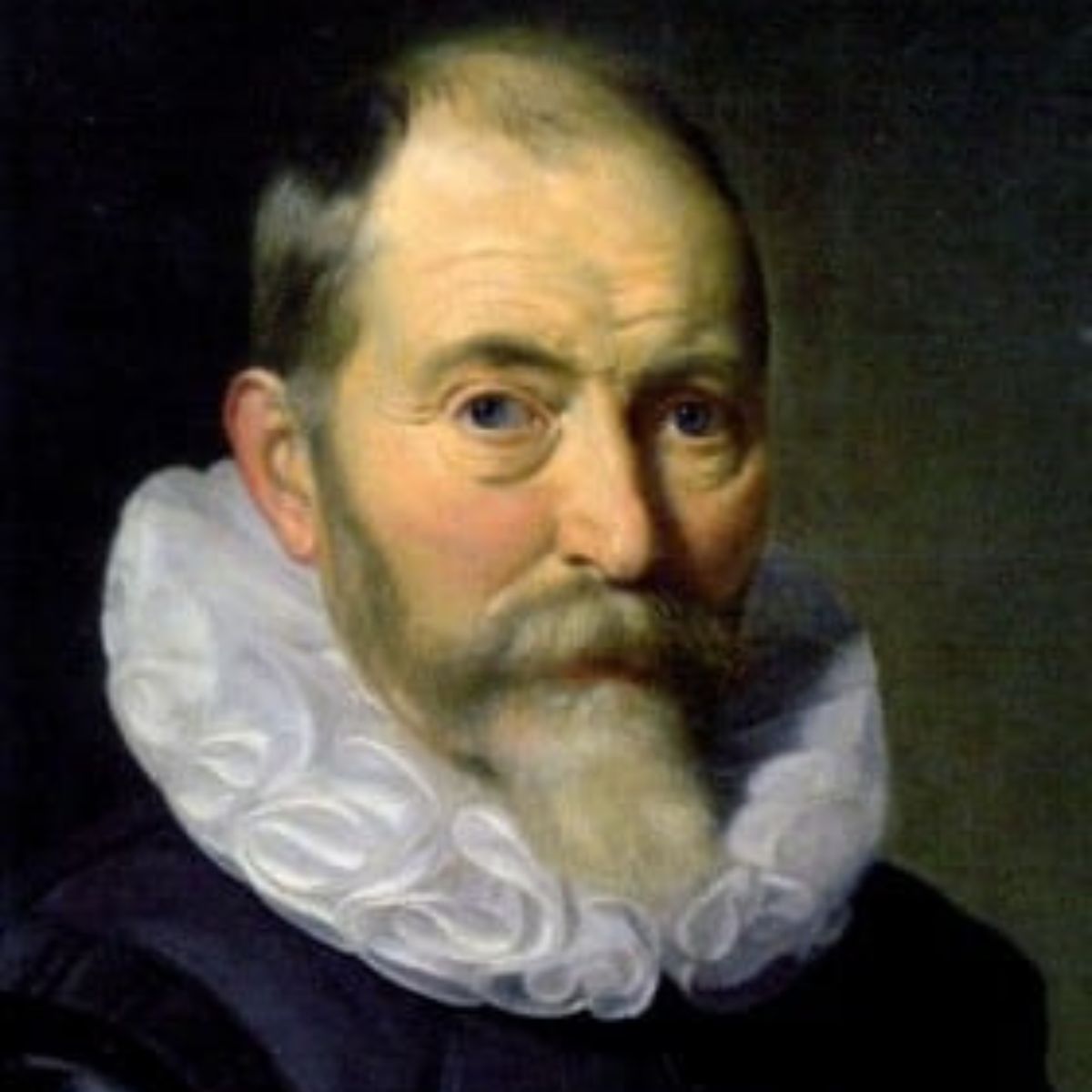
He was a Dutch navigator and colonial governor who also served in the Dutch East Indies in the periods 1603–1611 and 1612–1616, including as governor of Fort Henricus on the island of Solor. During his voyage of 1605–1606, he became the first European known to have seen the coast of Australia.
Willem Schouten
1567 - 1625
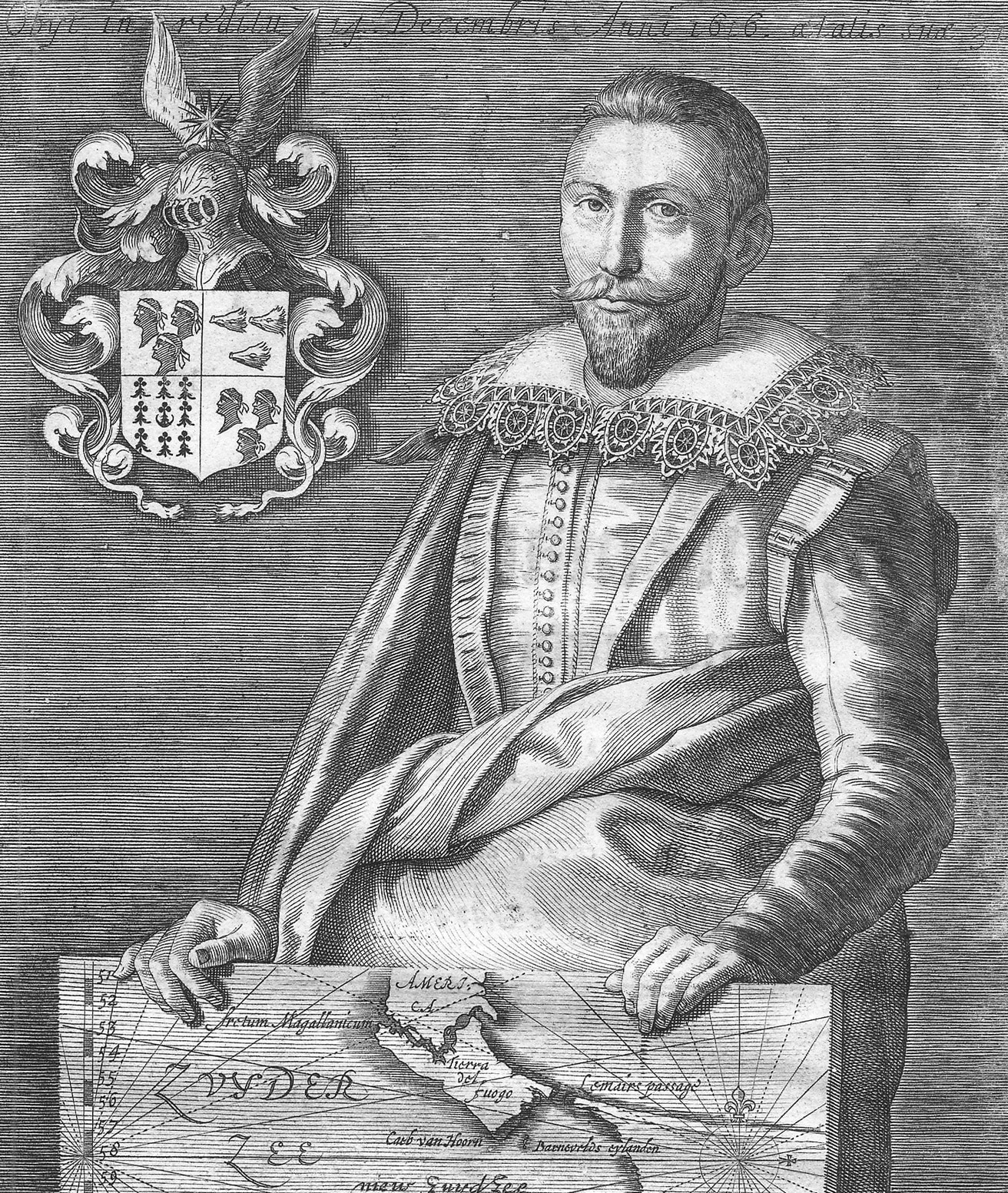
He would become the first Dutch explorer to sail the route of Cape Horn to the Pacific Ocean. He would die off the coast of Madagascar many years after opening up a new route for the Dutch.
William Adams
1564 - 1620
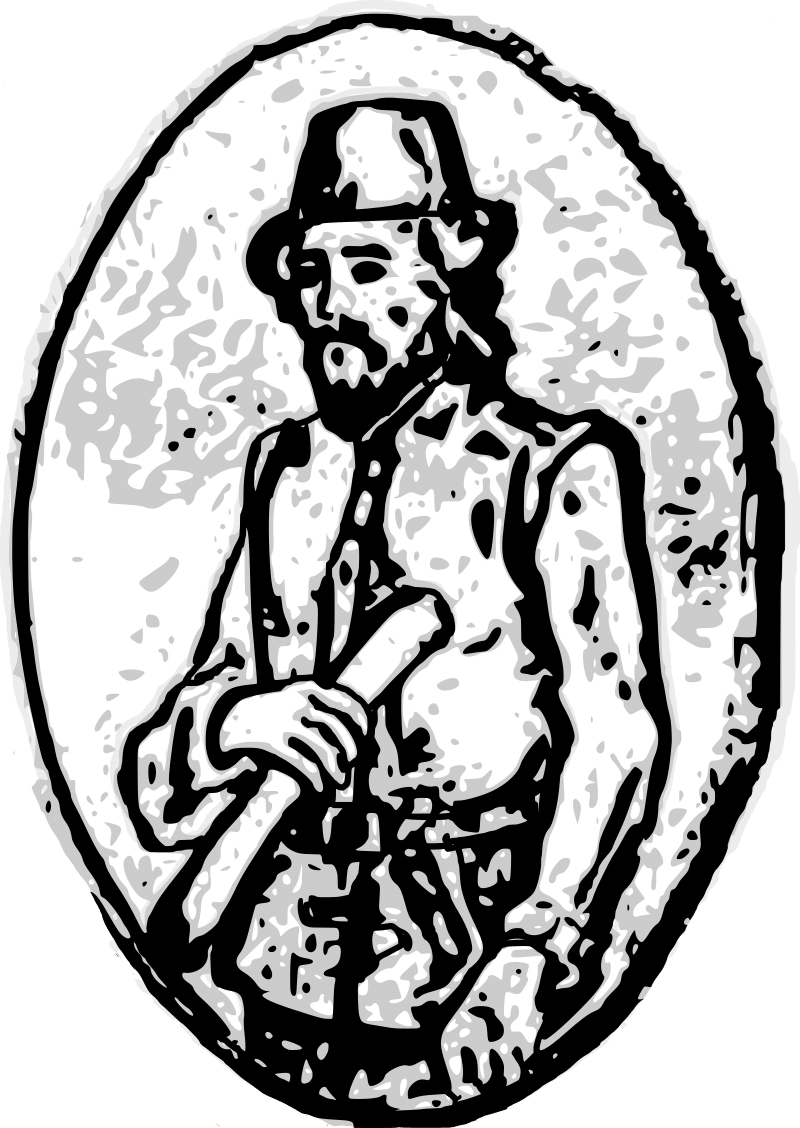
He was the first Englishman to make it to Japan and Thailand. He settled in Japan and would become one of the first Western Samurai. He would also help establish Dutch trade with Japan.
William Becknell
1787 - 1865
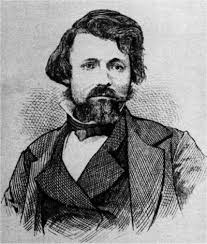
He was an American soldier, politician, and freight operator who is credited by Americans with opening the Santa Fe Trail in 1821. He found a trail for part of the route that was wide enough for wagon trains and draft teams, making it easier for traders and emigrants along this route.
William Clark
1770 - 1838
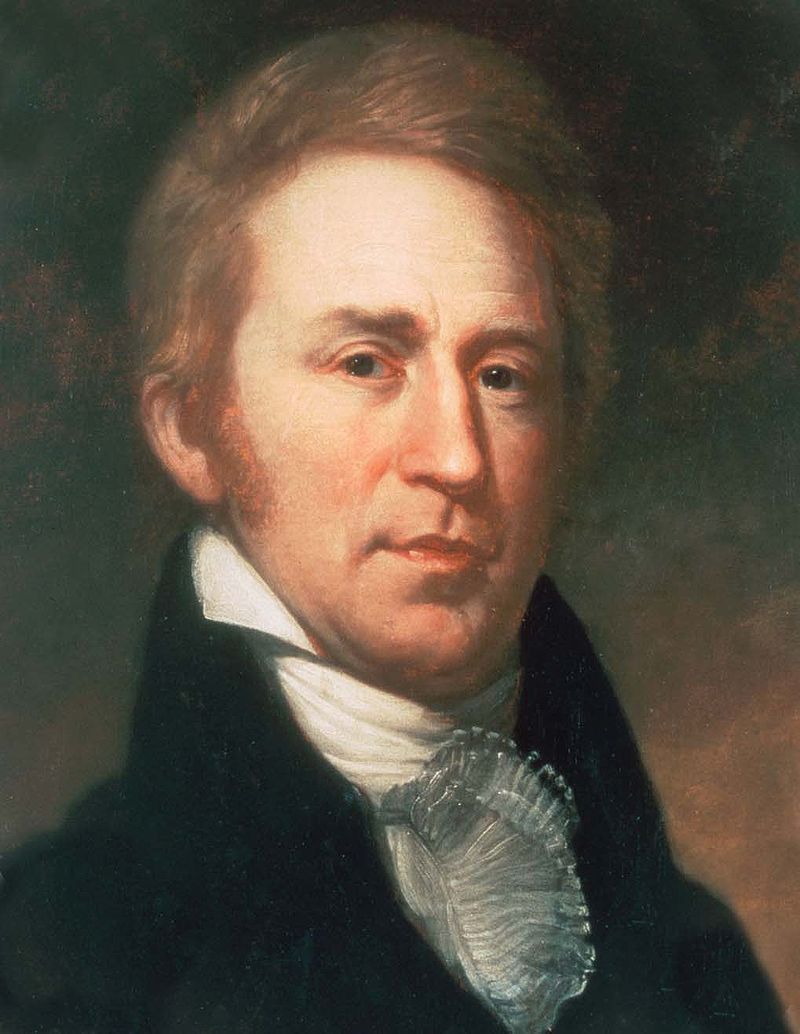
He was an American explorer, soldier, Indian agent, and territorial governor. A native of Virginia, he grew up in pre-statehood Kentucky before later settling in what became the state of Missouri. He is known for exploring the Louisiana Purchase during the Lewis and Clark expedition.
William Dampier
1651 - 1715
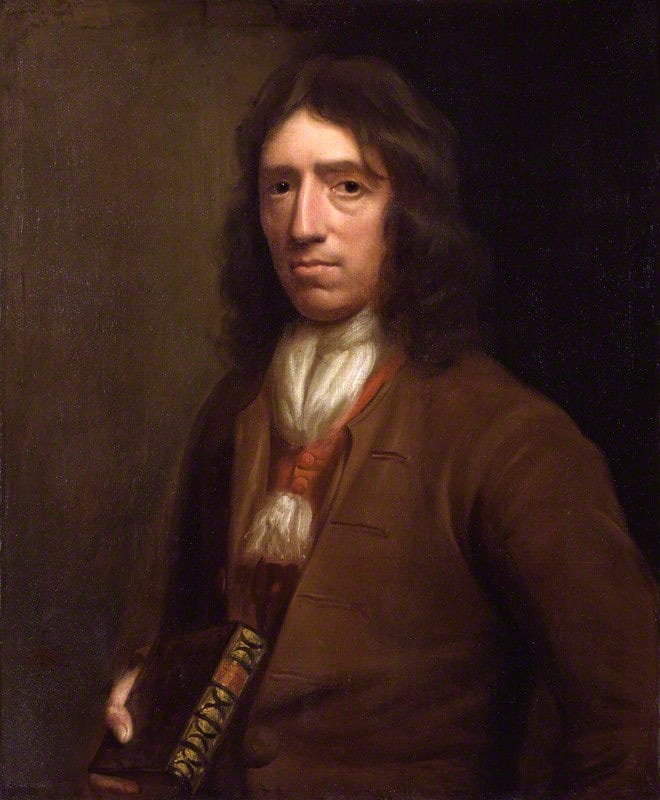
He was an English explorer, pirate, privateer, navigator, and naturalist who became the first Englishman to explore parts of what is today Australia and the first person to circumnavigate the world three times. He has also been described as Australia's first natural historian
Zebulon Montgomery Pike
1779 - 1813
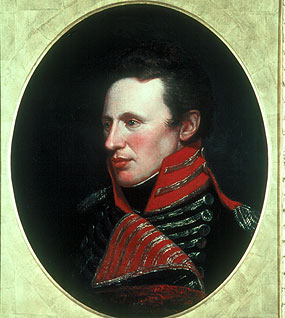
He was an American brigadier general and explorer for whom Pikes Peak in Colorado was named. As a U.S. Army officer, he led two expeditions under the authority of President Thomas Jefferson through the Louisiana Purchase territory
